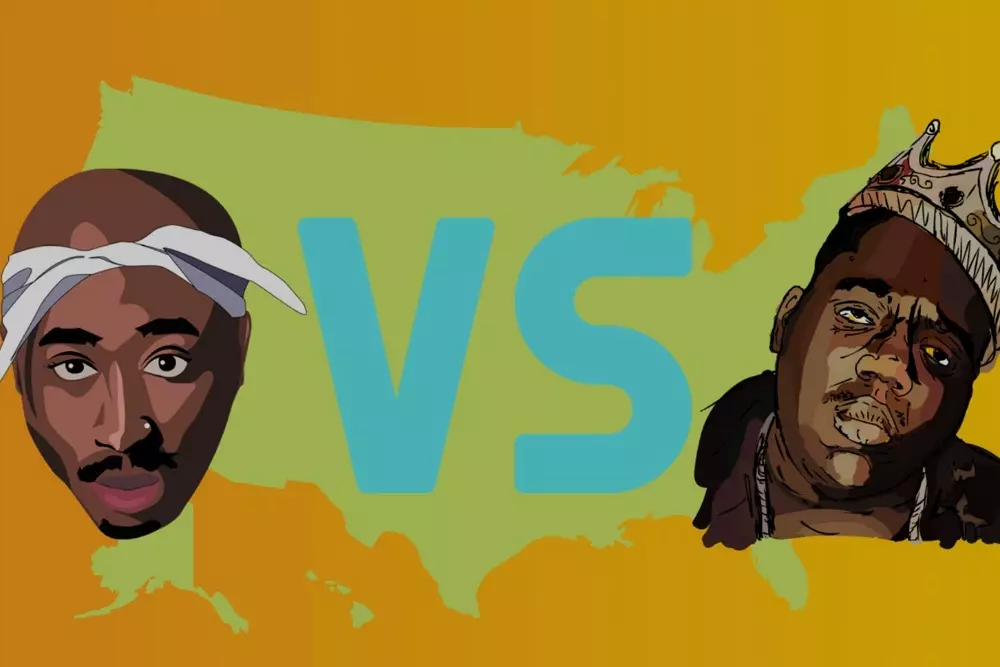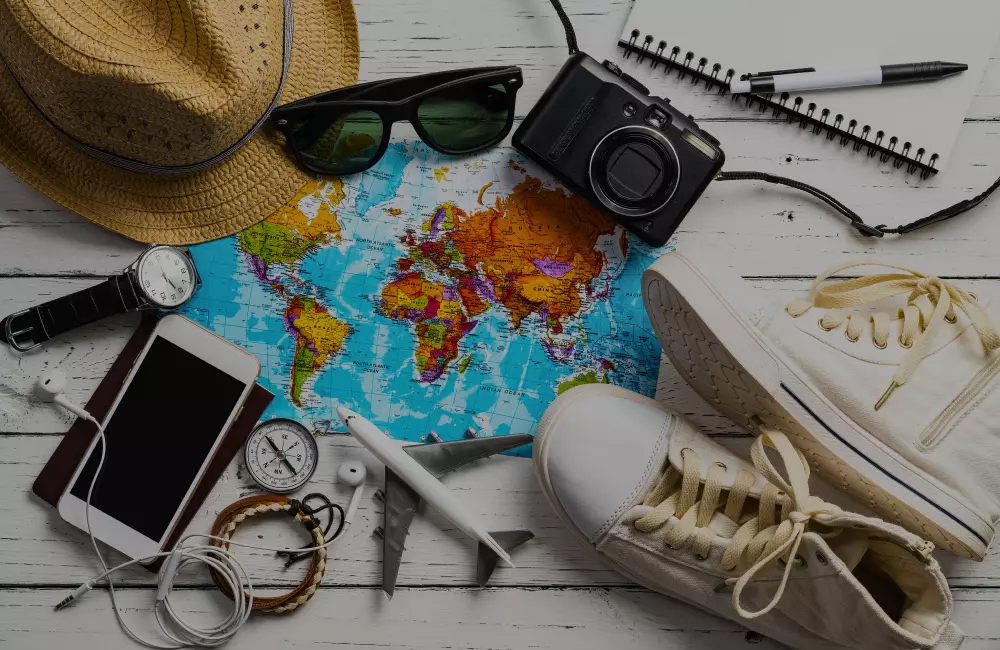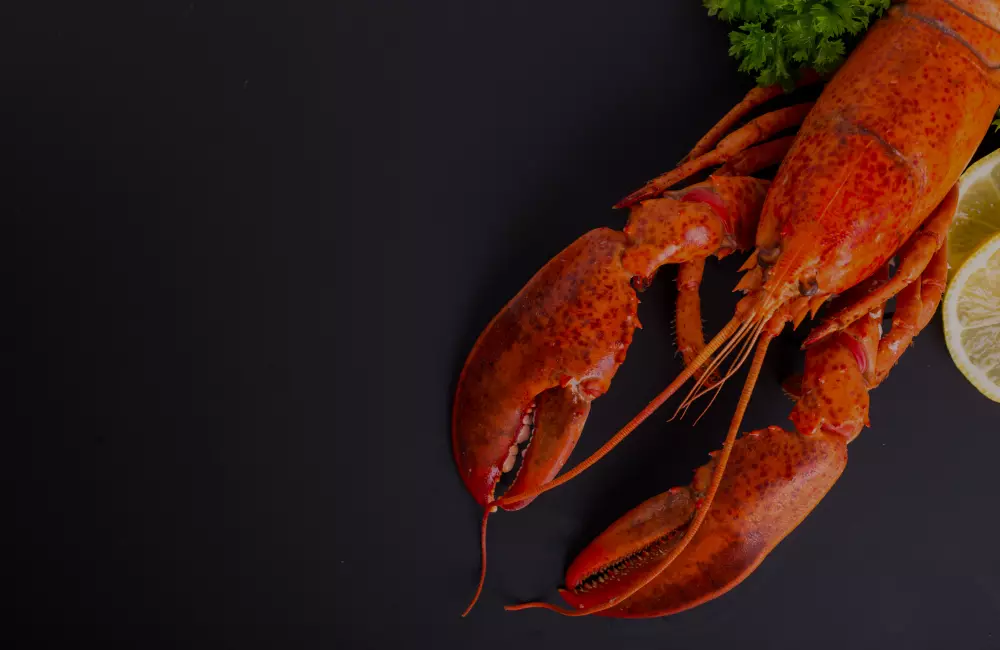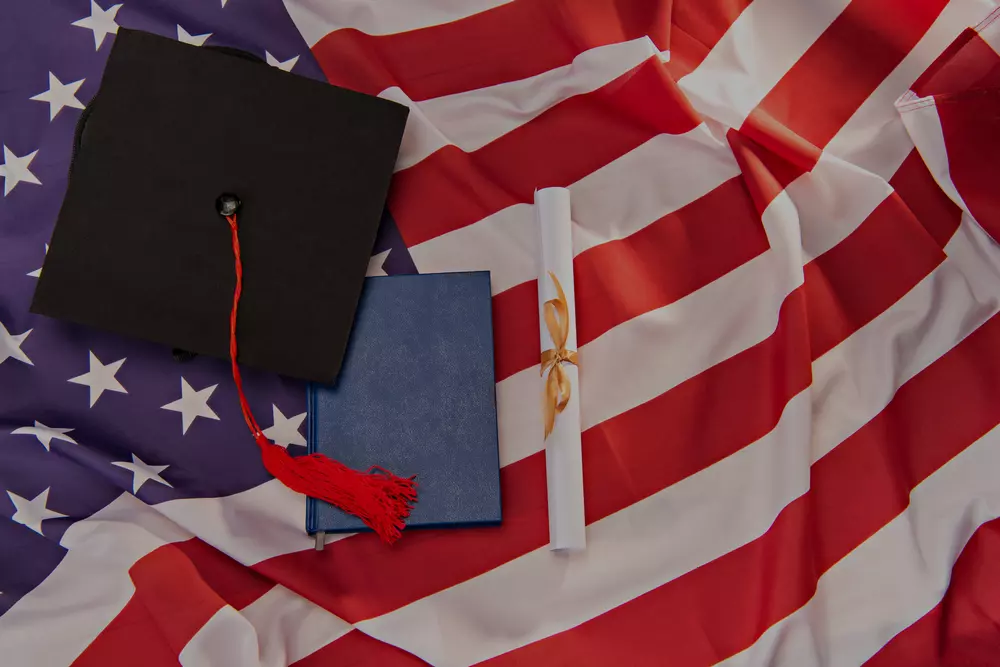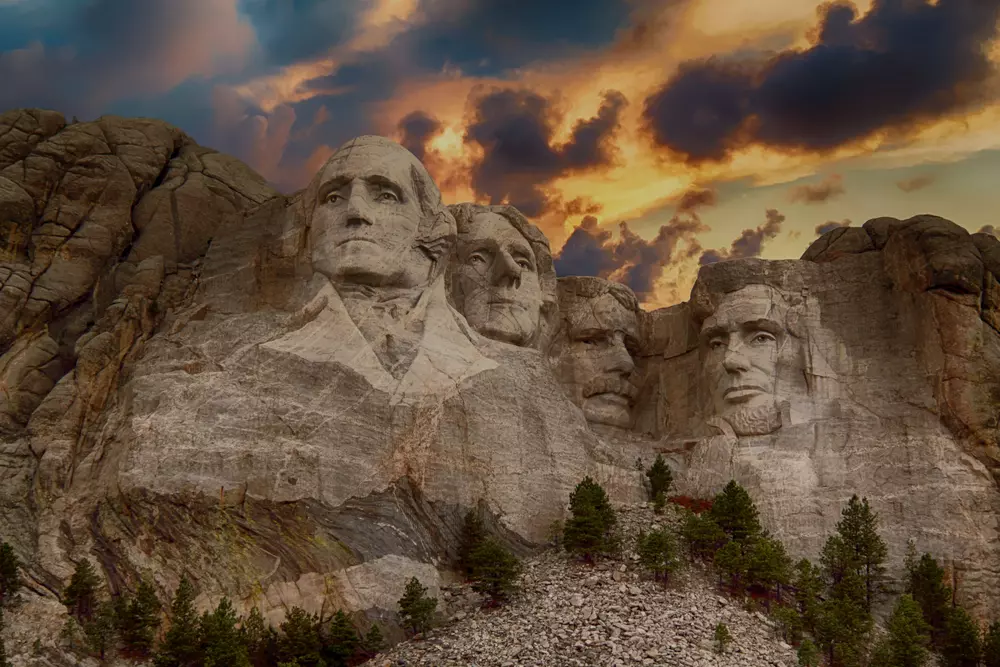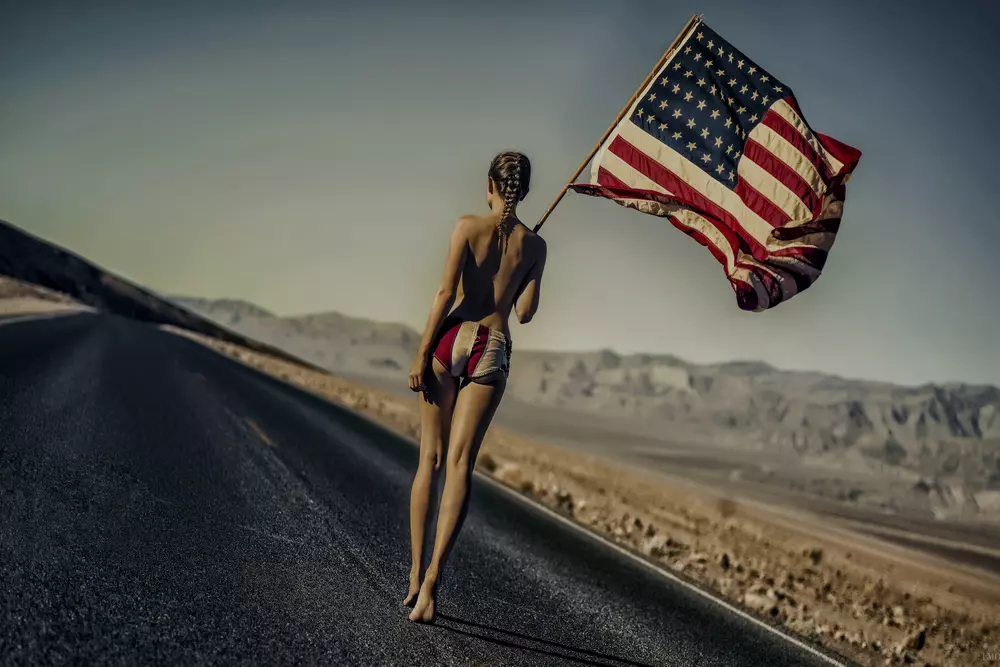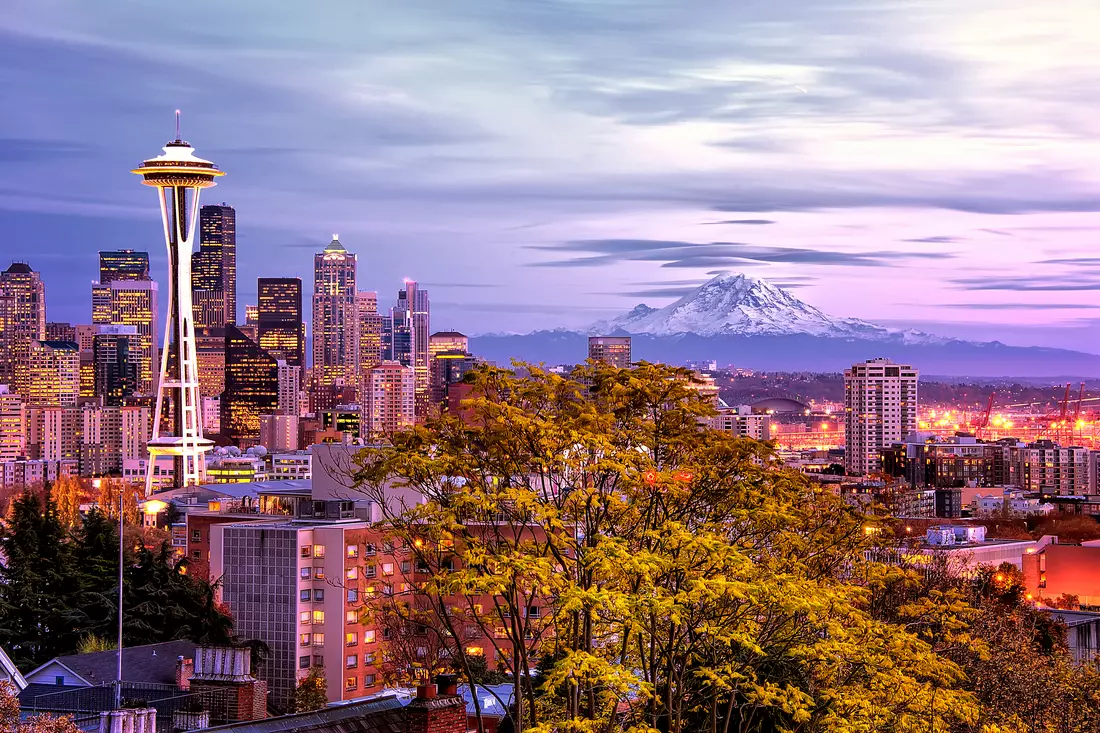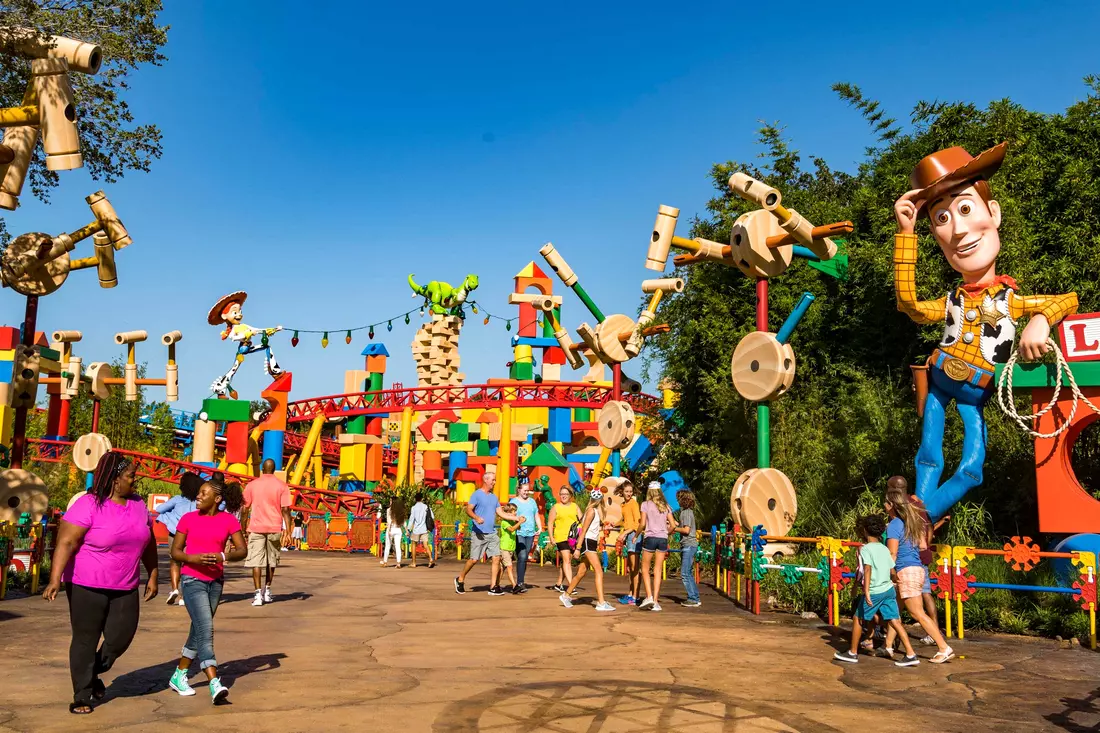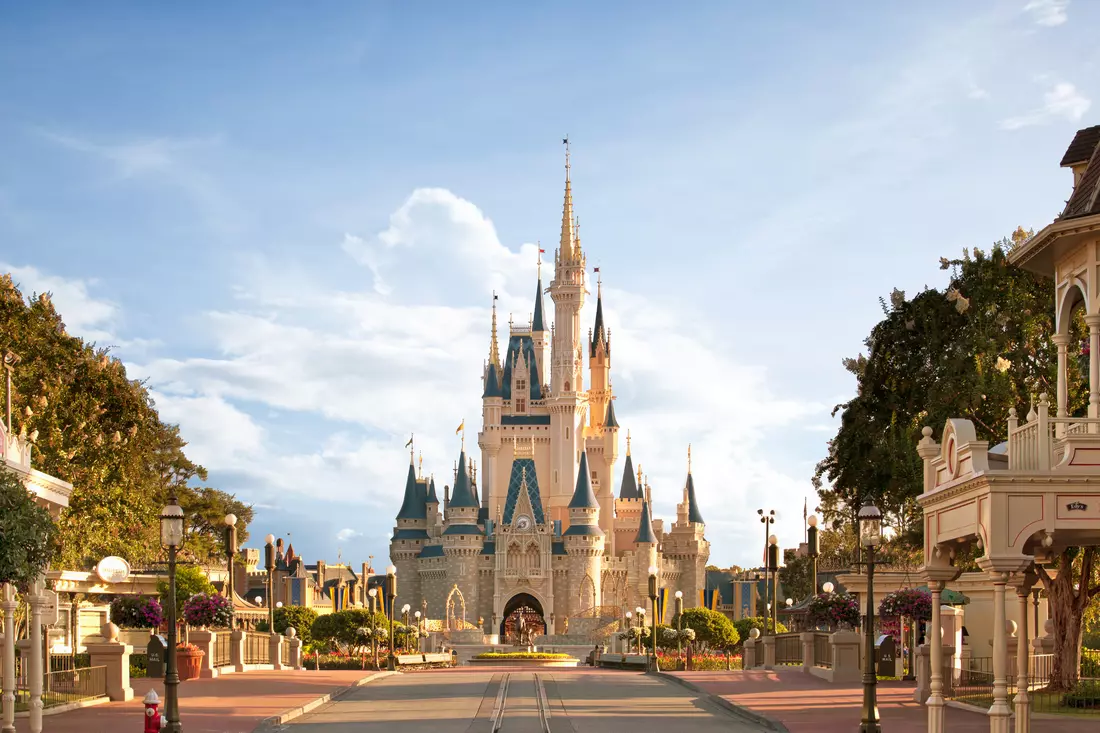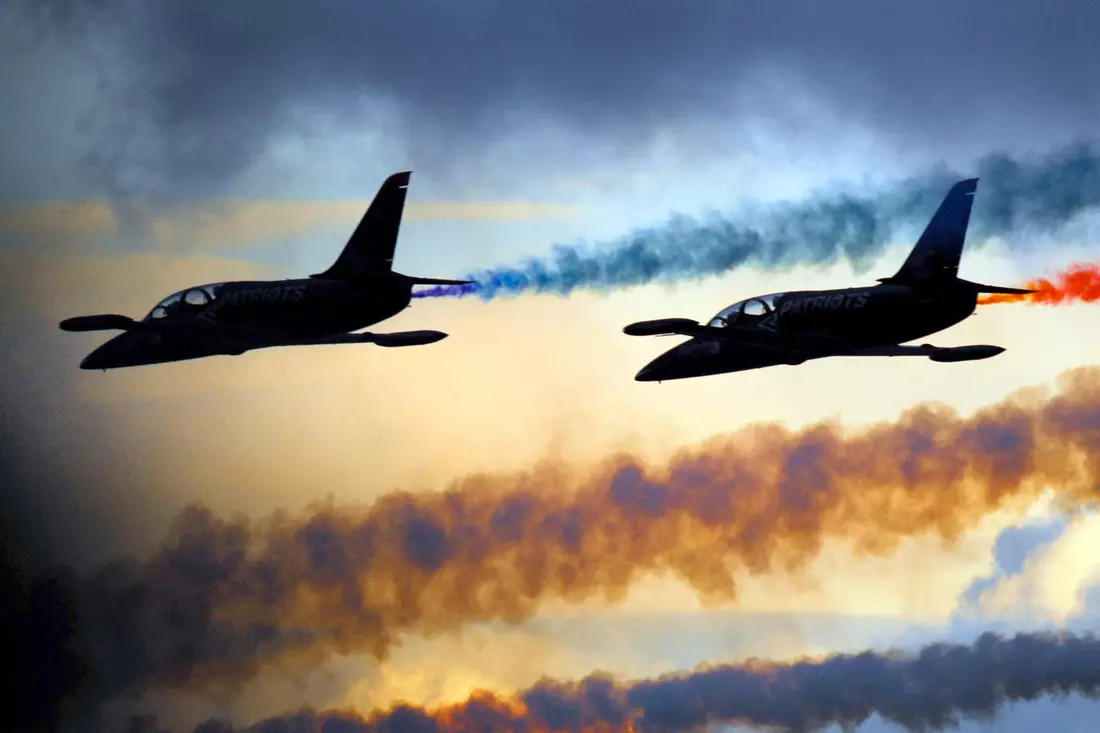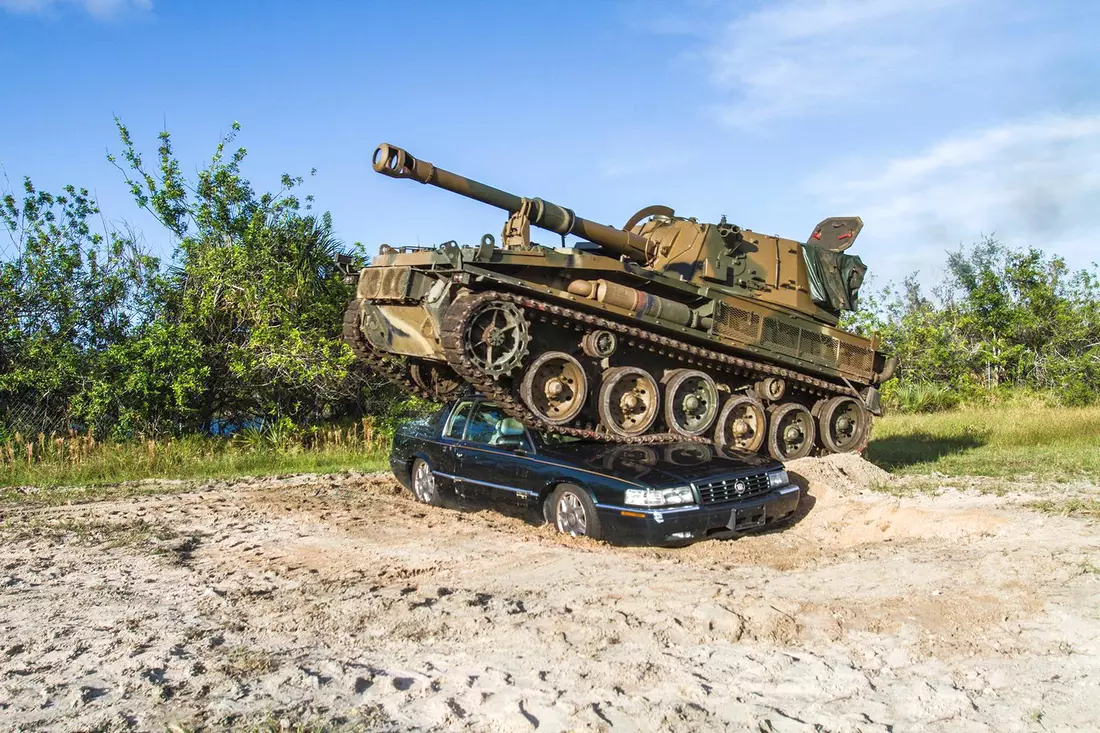Each of us has our own image of the Wild West. For some, it’s cowboys riding spirited mustangs across endless prairies, dusty streets with wooden sidewalks, saloon shootouts, and the jingle of spurs on boots. Others picture gold prospectors, fortune seekers, endless wagon trains, and lonely ghost towns where the creaking of long-abandoned houses seems to echo the steps of people who have long since vanished.
But the Wild West is not just a myth invented by Hollywood and novels. It was a real era when America was discovering itself and forging a new identity: through hard work, danger, courage, and the eternal pursuit of freedom. It was there, on the edge of civilization and the untamed wilderness, that the stories were born which became part of the American soul.
The era lasted only a little over half a century, from the mid-19th to the early 20th century. Yet its impact was so profound that even today, a century and a half later, we still talk about it. The Wild West became a symbol of freedom, risk, and romance. Its heroes — cowboys, gold prospectors, Native Americans, sheriffs, and outlaws — turned into cultural archetypes, and its landscapes became the backdrop for hundreds of films, books, and songs.
And yet, what matters most is this: the Wild West still calls to travelers. Some go to ranches to try their hand as cowboys, learning to swing a lasso and saddle a horse. Others seek the atmosphere of old mining towns where time seems to have stopped. And some explore national parks and endless prairies once traversed by the first settlers and wagon trains.
The Wild West is both past and present. It is a living legend, one you can step into — if you know the right routes.
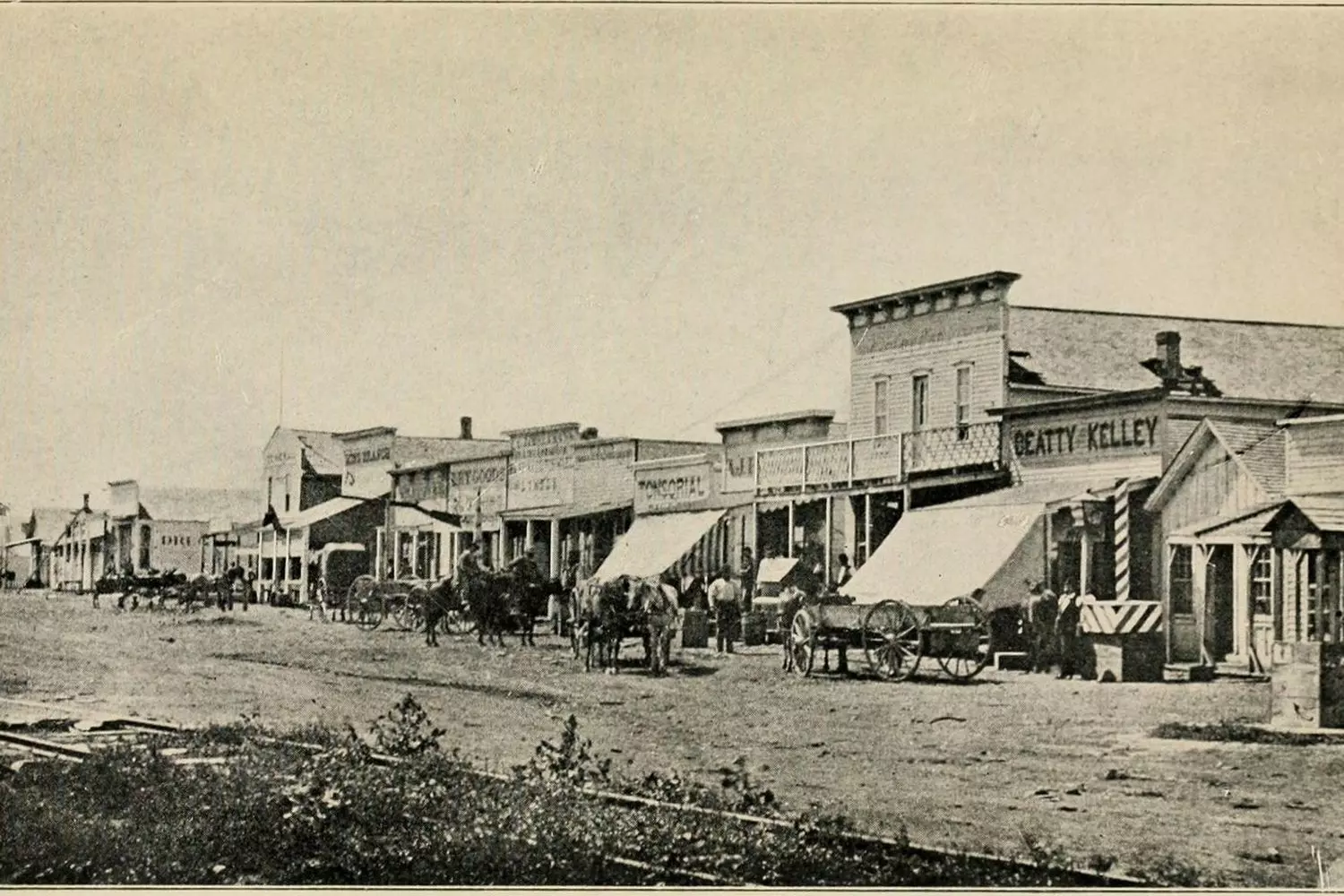
"A cowboy's life is measured in sunsets, not in years." — Cowboy proverb
How Cowboys Were Born: Origins and History
To understand who cowboys were, we need to go back to the mid-19th century. At that time, America was literally “growing” — expanding westward, settling vast territories purchased from France and acquired through wars with Mexico. The lands of Texas, Oklahoma, Kansas, and beyond to the Rocky Mountains were almost endless prairies with tall grasses — perfect pastures for cattle.
After the Civil War (1861–1865), millions of people were left without jobs or homes. Some sought gold in California, while others found their place in cattle ranching. This marked the beginning of the “cowboy era”, lasting roughly from 1865 to the 1890s.
- 01. The Great Cattle Drives
The West’s largest “production process” was cattle drives. Huge herds — from 1,000 to 3,000 head — had to be driven from southern Texas pastures to Kansas, where the railroads took over. From there, trains transported the meat east — to Chicago, New York, and Philadelphia. These drive routes stretched for hundreds of miles:
- Chisholm Trail
One of the most famous, connecting Texas and Kansas. - Goodnight-Loving Trail
Passed through New Mexico and Colorado. - Western Trail
The longest, over 1,500 kilometers.
The journey could take six weeks to three months. Cowboys not only had to manage the herds but also protect them from attacks by Native Americans, thieves, or predators, and drive them across rivers and mountain ranges.
- 02. A Cowboy’s Daily Life
The romance of Hollywood westerns had little to do with the real life of cowboys. Their work was among the hardest in the 19th century.
- Early Rise
The day began before sunrise, around 3–4 a.m. Cowboys had a breakfast of beans, cornbread, and coffee, then immediately saddled up. - On the Trail
Cowboys spent 14–16 hours in the saddle. Horses were changed every few hours, but the cowboy remained on horseback nearly constantly. - Sleep
They slept outdoors under a tarp or blanket, sometimes on the ground, sometimes on their saddles.
- 03. The Hat as Symbol and Tool
The wide-brimmed hat, usually a Stetson, became a cowboy’s trademark. Its wide brim protected from scorching sun and rain, and the hat could double as a water bowl or fan for stoking a fire. A real cowboy never went out without his hat — it was both protection and identity. - 04. Shirt, Jeans, and Bandana
- The shirt was made from sturdy fabric, cotton or wool depending on the climate, protecting from heat by day and cold by night.
- Jeans became indispensable for cowboys because of their durability. Invented by Levi Strauss during the Westward expansion, the denim withstood branches, thorns, and long days in the saddle.
- The bandana — a simple piece of cloth — was multifunctional: covering the face from dust, dressing wounds, keeping warm at night, or even serving as an improvised dish.
- 05. Boots and Spurs
Cowboy boots were not initially a fashion statement. They had high heels to keep feet secure in stirrups and pointed toes to slide easily into narrow stirrups. Spurs helped control the horse. - 06. Saddle and Lasso — Essential Tools
A cowboy’s life revolved around his horse. The saddle was almost a “home”: comfortable, sturdy, with loops for tools. The lasso — a long rope with a loop — was used for catching cattle and became a symbol of the trade. Mexican vaqueros taught this technique to Americans, and it became a cultural tradition. - 07. Cowboy Food: Simple, Hearty, and Cooked over Fire
Cowboys couldn’t afford gourmet meals. Their diet consisted mainly of beans, dried meat (jerky), coffee, cornbread, or flatbreads.
During cattle drives, a wagon — chuck wagon — followed the herd, carrying food, utensils, and supplies. The cook, often a respected member of the group, provided hot coffee and simple, filling meals. - 08. Daily Life and Leisure
- Cowboys slept on the ground, under the open sky, covered with a blanket.
- After a hard day, they sang around the campfire, giving rise to cowboy folklore and ballads.
- Many carried a guitar or harmonica. These simple melodies became the foundation of future country music.
- 09. Traditions and Unwritten Rules
Cowboy communities had a special code of honor: help a fellow cowboy in need, respect others’ property, keep your word. These simple rules ensured survival in a world where each person’s safety affected the entire group.
The expression “ride for the brand” meant loyalty to one’s employer or ranch. A cowboy swore to protect the cattle bearing his employer’s brand as if it were his own. - 10. Who Became Cowboys
Cowboys were not only white Southern men, as movies often suggest.
- African Americans
After the abolition of slavery, many former slaves found work on ranches. Estimates suggest that one in four cowboys in the U.S. was African American. - Mexicans
Descendants of vaqueros — masters of horseback riding and lassoing — passed their traditions to American cowboys, which remain classic to this day. - Native Americans
Some tribes adapted to the new reality and worked on cattle drives. - Teenagers
Many cowboys were very young — 14–16 years old.
This diversity made cowboy culture truly vibrant and international from the start.
- 11. Dangers of the Job
Being a cowboy required not only strength but courage. The risks were many:
- Raging rivers that had to be crossed with cattle;
- Thunderstorms and lightning that could spook animals, causing panic stampedes with thousands of cows;
- Attacks by wild animals or bands of thieves;
- Conflicts with Native Americans defending their lands.
Every cattle drive could turn into a disaster. But it was under these conditions that the cowboy spirit was forged — a person willing to go all the way.
Interesting fact: Although we often imagine cowboys with revolvers, firearms were more a necessity than a symbol of romance. They were rarely used; the main task was managing cattle, not shooting. Shootouts, often shown in movies, were extremely rare.
Cowboys became a symbol of the American character. In their image, diligence, independence, courage, and the willingness to take risks for freedom were embodied.
That is why the myth of the cowboy is so deeply rooted in American culture. Even when the “cowboy era” ended, it continued to live on in songs, legends, and westerns, and today — in tourist routes and shows.
Interesting fact: On average, a cowboy earned about $30 per month — at a time when his work was among the most dangerous in the country. For comparison, a city bank clerk earned the same amount, but under much more comfortable conditions.
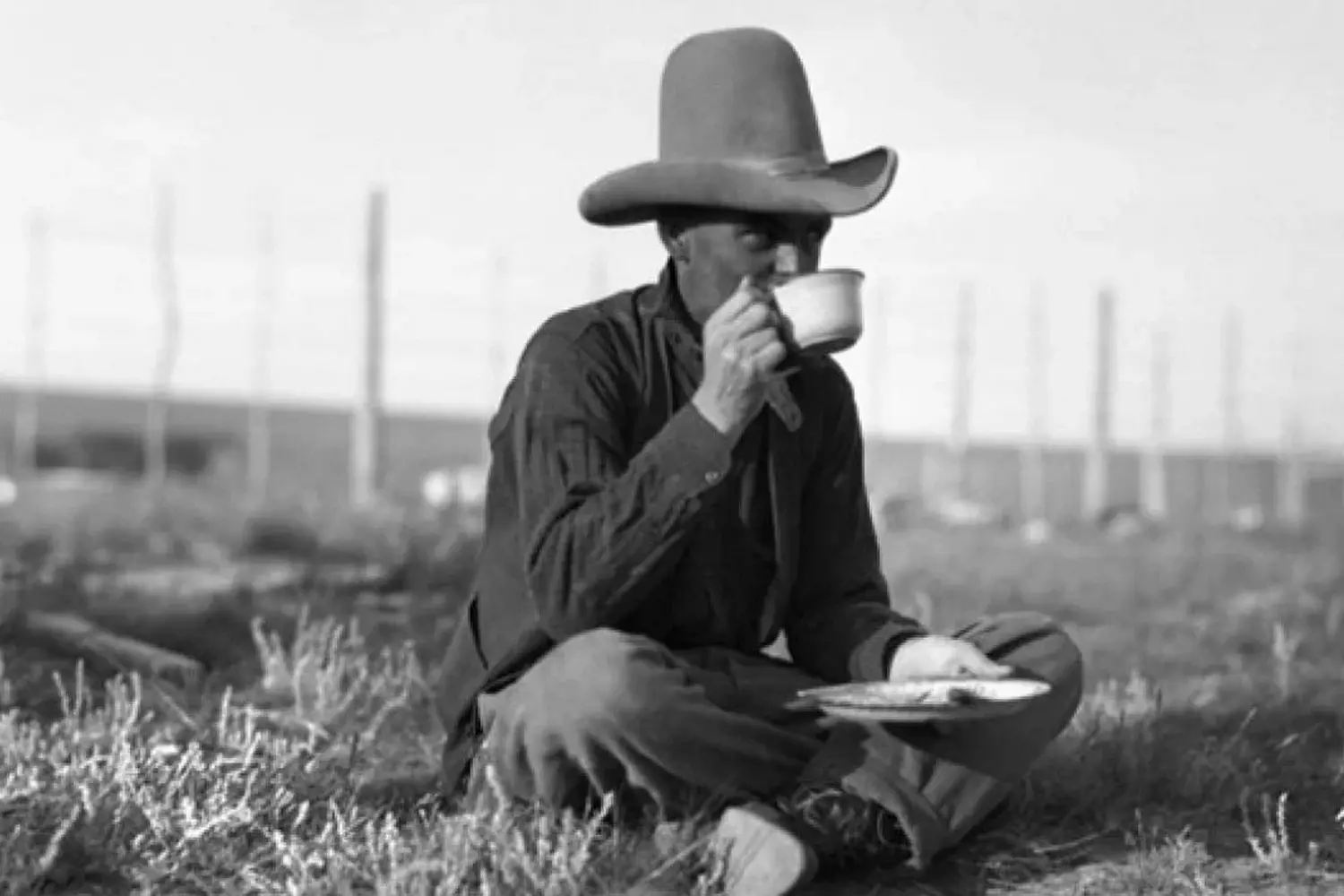
Clashes with Native Americans in the Wild West: The Unvarnished Truth
When we talk about the Wild West, images of cowboys clashing with Native Americans immediately come to mind. Hollywood made these scenes iconic: tribes riding across the plains in war paint and brave settlers defending their homes. But behind this picture lies a far more complex and tragic story — the collision of two worlds, each struggling to survive.
- 01. Why Did Conflicts Arise?
The main cause of the clashes was the rapid westward expansion of white settlers. America was growing, and with farmers, miners, and railroads came new rules. For Native Americans, this meant the loss of hunting grounds, the destruction of traditional ways of life, and a threat to the very existence of their peoples.
Conflicts were especially intense on the Great Plains, home to the Sioux, Cheyenne, Comanche, and Apache tribes. Horses and bison were sacred and vital to them, and when bison herds began to be exterminated for hides and to make way for railroads, it was a true disaster. - 02. Relations Between Cowboys and Native Americans
Interestingly, cowboys were not always the primary adversaries of Native Americans. Most conflicts occurred between U.S. military units and tribes. However, cowboys driving cattle often found themselves in the middle of these confrontations.
- Sometimes Native Americans raided herds for food or horses.
- Sometimes cowboys worked as guides and intermediaries, knowing the land better than settlers.
- Occasionally, temporary alliances were formed between cowboys and Native Americans for trade or mutual benefit.
- 03. Most Famous Clashes
- Apache Wars
The Apache, led by Geronimo, waged guerrilla warfare against the U.S. Army for decades. - Battle of Little Bighorn (1876)
One of the most famous episodes: combined forces of the Sioux and Cheyenne defeated General Custer’s troops. This event became legendary for both Native Americans and Americans. - Wounded Knee Massacre (1890)
A tragic episode in which U.S. soldiers killed a Sioux camp. This event effectively ended the “Indian Wars”.
- 04. Myths and Reality
- Myth: Native Americans were “savages” who only attacked.
Reality: They had rich cultures, laws, and spiritual traditions. To them, white settlers appeared as invaders destroying their world. - Myth: Cowboys and Native Americans were irreconcilable enemies.
Reality: Some Native Americans worked on ranches or traded with settlers. Some even became cowboys, adopting skills in horseback riding and cattle handling.
- 05. Tragedy and Legacy
Conflicts with Native Americans became one of the most dramatic chapters in U.S. history. For Indigenous tribes, it was a time of loss and struggle for survival. For cowboys and settlers, it meant constant danger and the need to defend their claim to new lands.
Yet it was from this tension that the myth of the Wild West was born — a story of freedom, danger, and confrontation. Today, the memory of Native Americans lives on in place names, legends, festivals, and culture. Visitors to ranches or Wild West museums can connect with this multifaceted history, where there are no simple heroes or villains.
Interesting fact: Many cowboy traditions, such as tracking or sleeping outdoors, were learned directly from Native Americans, who had lived in harmony with nature for centuries.
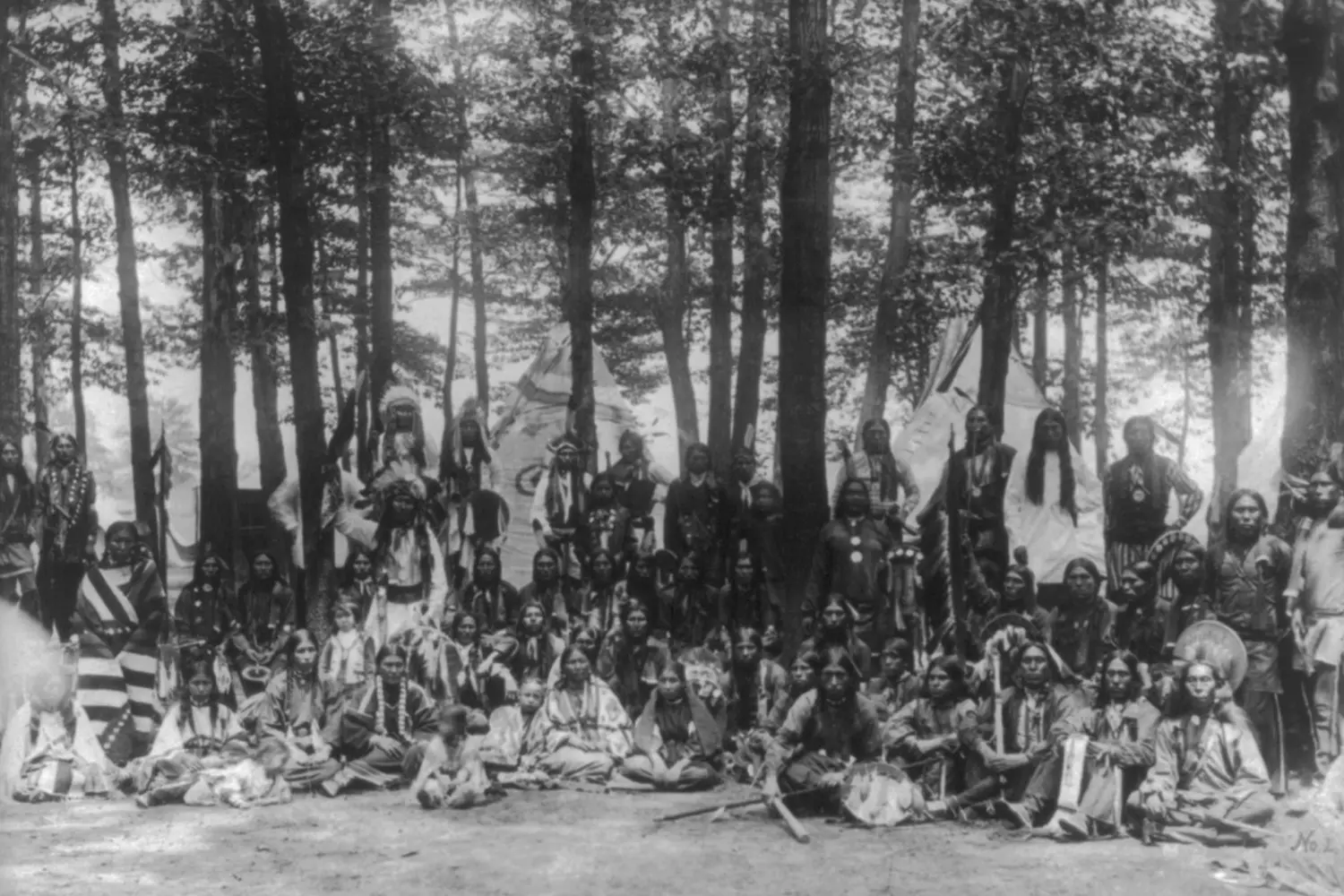
Cattle Ranchers of the Wild West: The People Who Built the Prairie Economy
When we think of the Wild West, the first images that come to mind are cowboys driving herds across endless plains. But behind this romantic picture were very different heroes — cattle barons, entrepreneurs who built the real economy of the prairies, turning vast lands into thriving ranches and transport corridors.
- 01. The Rise of the Cattle Industry
After the Civil War, America faced a huge demand for meat. Eastern cities were growing, railroads allowed products to be transported thousands of kilometers, and vast, almost uninhabited pastures remained in the South and West. It was in this context that the cattle industry emerged.
Cattle barons purchased land or leased it from the government, built herds numbering several thousand, and hired cowboys for drives. They were responsible not only for the animals but also for infrastructure: abandoned farms were transformed into ranches, barns and cattle pens were built, and transport routes and water sources were established. - 02. How Ranches Operated
A ranch was more than just a farm. It was a complete complex:
- Pastures for free-range grazing;
- Hovels for young and old animals;
- Storage for feed and tools;
- Living quarters for the ranch manager, cowboys, and sometimes the whole family.
Cattle barons strictly controlled all operations. They marked the herds, trained cowboys, and maintained discipline during drives. Some ranches covered tens of thousands of hectares, and without a management system, such an enterprise would have been impossible.
- 03. Impact on Economy and Society
Cattle barons were the economic backbone of the Wild West. They:
- Provided jobs for hundreds of cowboys, shepherds, and assistants;
- Encouraged the development of railroads, as cattle drives required delivery points to eastern markets;
- Stimulated the construction of towns and infrastructure in new territories.
Their capital and influence were so great that some cattle barons were considered local "magnates" — funding schools, churches, hospitals, and sometimes even forming private militias to protect against bandits.
- 04. Challenges of the Profession
Despite their wealth, cattle barons faced great risks:
- Natural disasters — droughts, floods, severe winters;
- Livestock epidemics, such as anthrax or pleuropneumonia, which could wipe out entire herds;
- Conflicts with Native Americans, neighboring farmers, and other cattle barons over land and pastures;
- The need to manage hundreds of people and thousands of animals across vast distances.
- 05. Legacy of Cattle Barons
Today, ranches and farming traditions of the Wild West are part of tourist routes. Many historic ranches are open to visitors, showing how herds were managed, which tools were used, and what conditions were like during drives. It was the cattle barons who built the economic foundation that allowed cowboys to live and work, and whose legacy brought the legends of the Wild West to life.
Thanks to the cattle barons, the famous Chisholm Trail was established, becoming a symbol of the cowboy era and the economic prosperity of the western territories.
Interesting fact: Some famous cattle barons, such as Charles Woodruff and Jay Gould, built ranches with tens of thousands of head of cattle over decades. Their names went down in history not only as businessmen but also as pioneers shaping modern American agriculture.
Wild West Cattle Drives: Life on the Trail
When we think of cowboys, the image of a rider against the backdrop of endless prairies often comes to mind. But an essential part of this story was the cattle drives — massive journeys connecting cattle barons’ ranches to towns, railroads, and markets. On these trails, cowboys experienced the full harshness of the Wild West.
- 01. Purpose of the Cattle Drive Routes
After the Civil War, Eastern U.S. cities faced a sharp increase in demand for meat. Cattle barons in the South and West maintained herds of thousands, which needed to reach railroads transporting products north and east. Cattle drive routes allowed them to:
- Move large herds across hundreds of kilometers;
- Reduce transportation costs;
- Create jobs for cowboys and shepherds.
- 02. Famous Routes
- Chisholm Trail (Chisholm Trail)
Length: about 1,500 km. Connected Texas ranches to Kansas towns. Used from 1867 to 1884, it became legendary due to the scale of the drives. - Goodnight-Loving Trail (Goodnight-Loving Trail)
Connected Texas with New Mexico and Colorado. Its path through wild, almost uninhabited lands made it especially dangerous. - Western Trail
The longest route, over 1,500 km. Used to deliver cattle to new markets, it was a crucial element of the region’s economic growth.
- 03. Life of a Cowboy on the Trail
Cattle drive routes were a true test of endurance. Each day included:
- Long hours in the saddle
Cowboys spent 14–16 hours a day riding, changing horses every few hours. - Stampede dangers
Sudden herd panic could result in injuries, loss of animals, or even death. - Overnight camps
Sleeping under the open sky, often without tents, covered with canvas or blankets. - Food on the trail
They carried canned goods, beans, dried meat, and coffee. Sometimes meals were cooked over a campfire.
One cowboy wrote: “Every morning we rode out while the ground was still cold with dew. The herd moved forward, and only the sun and the wind could tell us if the day would be easy.”
- 04. Interesting Details of Cattle Drives
- Cowboys used whistles and whips to control the herd.
- Special “cowboy games” — competitions in lasso skills and cattle handling — honed precision and agility.
- Chuck wagons accompanied the drives, carrying food and tools to feed the team and repair equipment.
Today, cattle drive routes have become tourist trails. Visitors can:
- See old ranches and horse stations;
- Ride horses along historic trails;
- Participate in festivals that recreate cowboy life.
Interesting fact: During a drive, cowboys could cover up to 40 kilometers a day on horseback while managing herds of 1,000–3,000 cattle, requiring incredible endurance and teamwork.
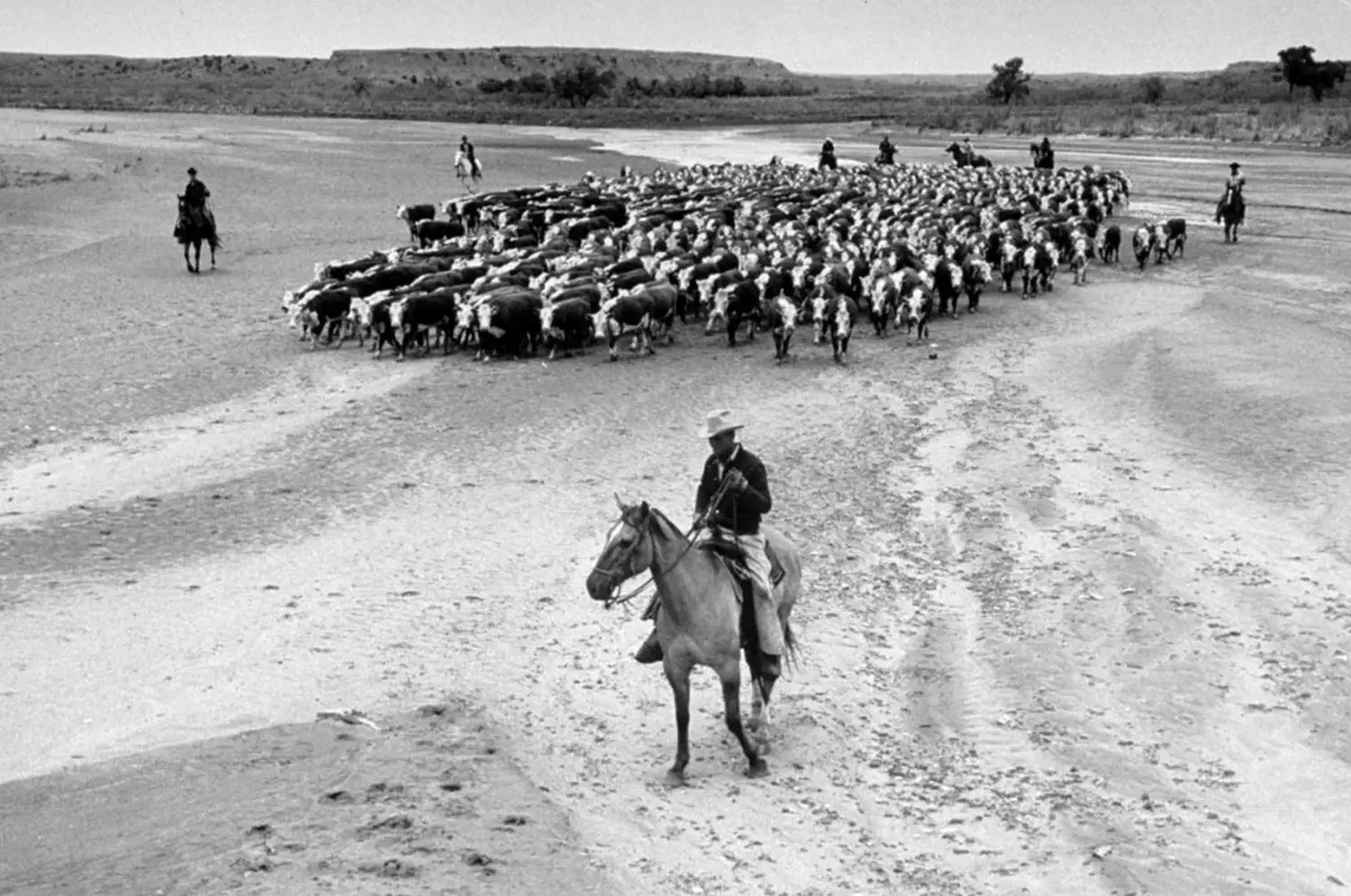
Outlaws and Bounty Hunters: The Dark Side of the Wild West
When we hear about the Wild West, the first images that come to mind are cowboys and gold mines, but behind these legendary scenes lay the dark side of freedom and the prairies — bandits and bounty hunters. These individuals shaped the dangerous atmosphere so often romanticized in films and became an inseparable part of Wild West history.
- 01. Bandits: criminals and legends at the same time
Wild West bandits were not just agents of chaos. Many emerged due to social and economic pressures:
- After the Civil War, soldiers left without work sought easy income;
- Gold seekers and settlers often faced poverty and desperation;
- Weak governance over vast territories created a vacuum where crime thrived.
- 02. The most famous gangs and their leaders:
- Jesse James Gang
Famous for train and bank robberies, becoming a symbol of daring and cunning. - Billy the Kid
Legendary gunslinger and outlaw, known for his confrontations with the law. - Danny Coy and the Ewing Brothers Gang
Engaged in robberies and cattle thefts in Texas and New Mexico.
- 03. Methods and tactics of bandits
Bandits relied on cleverness and local knowledge:
- Set ambushes on roads and railways;
- Changed horses to escape after a raid;
- Used local accomplices to gather information about troop movements and transportation of gold or cattle.
- 04. Bounty Hunters: a profession on the edge of the law
The fight against crime gave rise to a unique profession — bounty hunters. Their job was to capture criminals and deliver them to authorities, or turn them in for a reward. Key aspects of bounty hunting:
- The law allowed them to use firearms and pursue criminals across state lines;
- They acted quickly and decisively, as criminals were often armed and dangerous;
- Some bounty hunters became legends themselves, walking the fine line between law and crime.
One bounty hunter wrote: “My job is not romantic. Every day is dangerous. I do not choose whom to catch: a criminal or simply an unfortunate person fleeing the law.”
- 05. Interesting details of the profession
- Some towns had “wanted boards” — special boards with photos and descriptions of criminals sought for rewards.
- Rewards for major criminals could reach $500–1,000 — a huge sum at the time.
- Bounty hunters often worked in teams to increase their chances of success and reduce risks.
- 06. Myths and reality
- Myth: bandits were always “bad guys.”
Reality: many became legends due to circumstances: revenge, protecting family, or poverty pushed them into crime. - Myth: bounty hunters always acted within the law.
Reality: the boundaries of the law were blurred. They often acted as judge, jury, and sometimes executioner, making justice highly subjective.
Today, stories of bandits and bounty hunters are part of the Wild West mythology. Their lives inspired books, movies, and series, and tourists can visit:
- Museums of outlaws and sheriffs;
- Reenactments of train and bank robberies;
- Historic towns where these events took place.
Interesting fact: The legendary duel between Billy the Kid and Sheriff Pat Garrett, which lasted only a few seconds, became one of the most famous in Wild West history. It inspired dozens of books and films, but the reality was far more tragic and complex.
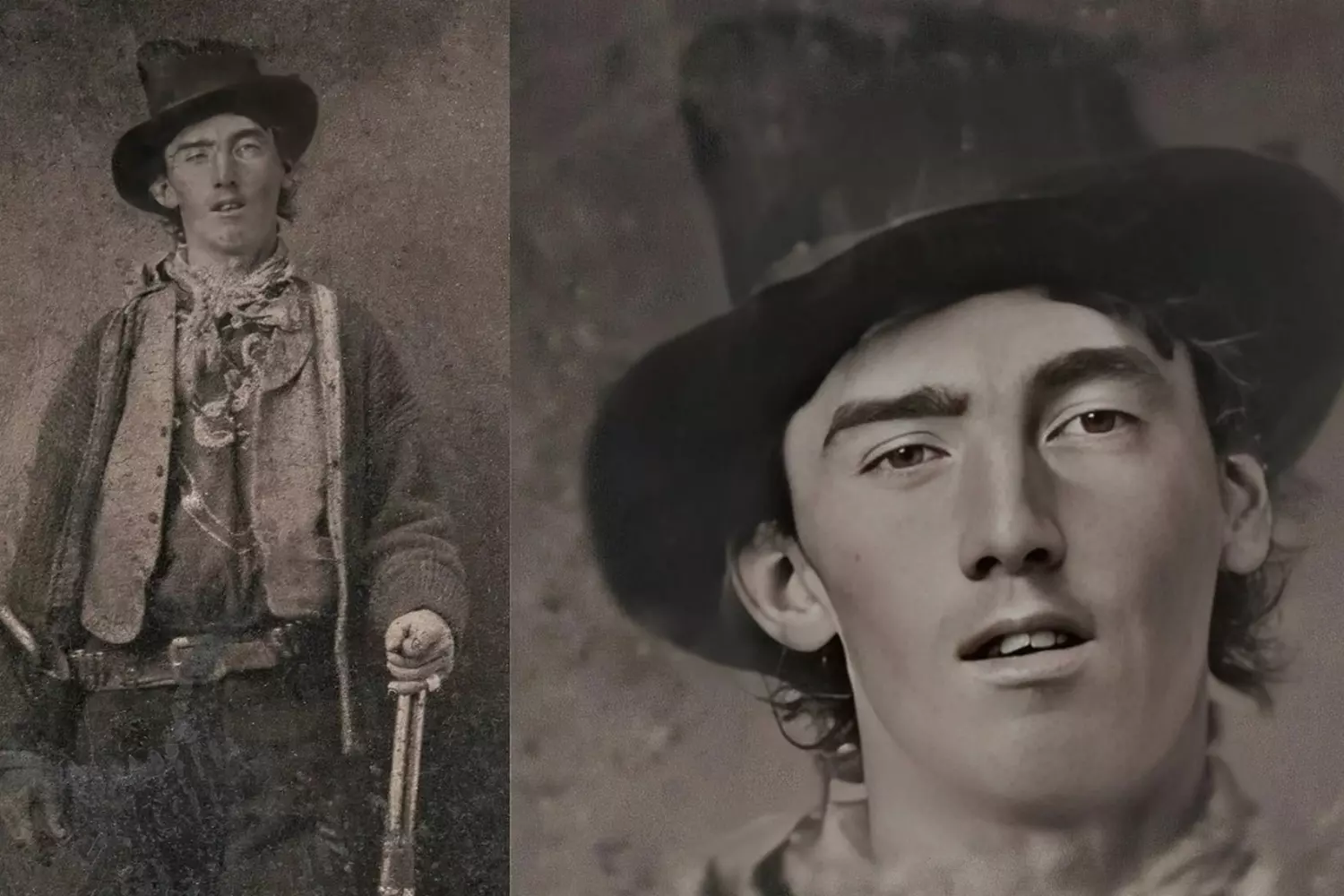
Women of the Wild West: From Delicate Ladies to Legendary Amazons
The image of the Wild West is often associated with men — cowboys, gold prospectors, rangers, and outlaws. But behind the scenes of this history, there were always women. Their role was long overlooked, yet they shaped daily life, created comfort amid the endless prairies, and sometimes became just as remarkable figures as the famous gunslingers and sheriffs.
- 01. Women settlers: keepers of the hearth
Most women who headed west were wives and mothers of settlers. Their lives were no less challenging than those of men:
- They cooked over campfires, cared for children and animals;
- Helped plow fields and build homes;
- Provided medical care when doctors were absent;
- Protected their families in the absence of husbands.
For many women, the Wild West was a test of resilience. They had to combine tenderness with iron will.
- 02. Women in saloons: singers and proprietors
Saloons were the social centers of towns, often staffed by women working as singers, dancers, or owners. Their image became part of popular culture — red dresses, feathers, laughter, and card games with cowboys. Yet the reality was harsher: for many, this was the only way to survive and earn a living in a tough environment. - 03. Legendary riders and rebels
Some women left a lasting mark on Wild West history:
- Calamity Jane
Fearless rider, scout, and shooter who participated in Indian Wars. Her courage made her a legend even during her lifetime. - Annie Oakley
Famed sharpshooter whose skills amazed audiences in Buffalo Bill’s shows. She could extinguish a cigarette at a distance and was considered one of the best marksmen of her time. - Belle Starr
The “Queen of Outlaws,” connected with criminal gangs. She was called the “masked woman”, living by the Wild West’s laws rather than society’s rules.
- 04. Women cowboys
Yes, they existed! Despite the profession being considered male, some women drove cattle alongside men. They participated in rodeos, demonstrated riding skills, and proved that cowboy life had no gender. - 05. Myth and reality
- Myth: women in the West were only housewives or saloon singers.
- Reality: they were teachers, doctors, landowners, entrepreneurs, and even sheriffs. Their contribution to settling the West was enormous, though long unrecognized.
Interesting fact: in some towns, women had the right to vote long before it became a nationwide norm in the U.S. For example, women in Wyoming received voting rights as early as 1869.
Today, the image of Wild West women is romanticized as much as that of cowboys. But behind the legends of singers and riders lies the truth — strength, endurance, and survival skills in a harsh environment. Their stories inspire and show that the Wild West was a place of equal opportunity, where courage was valued above convention.
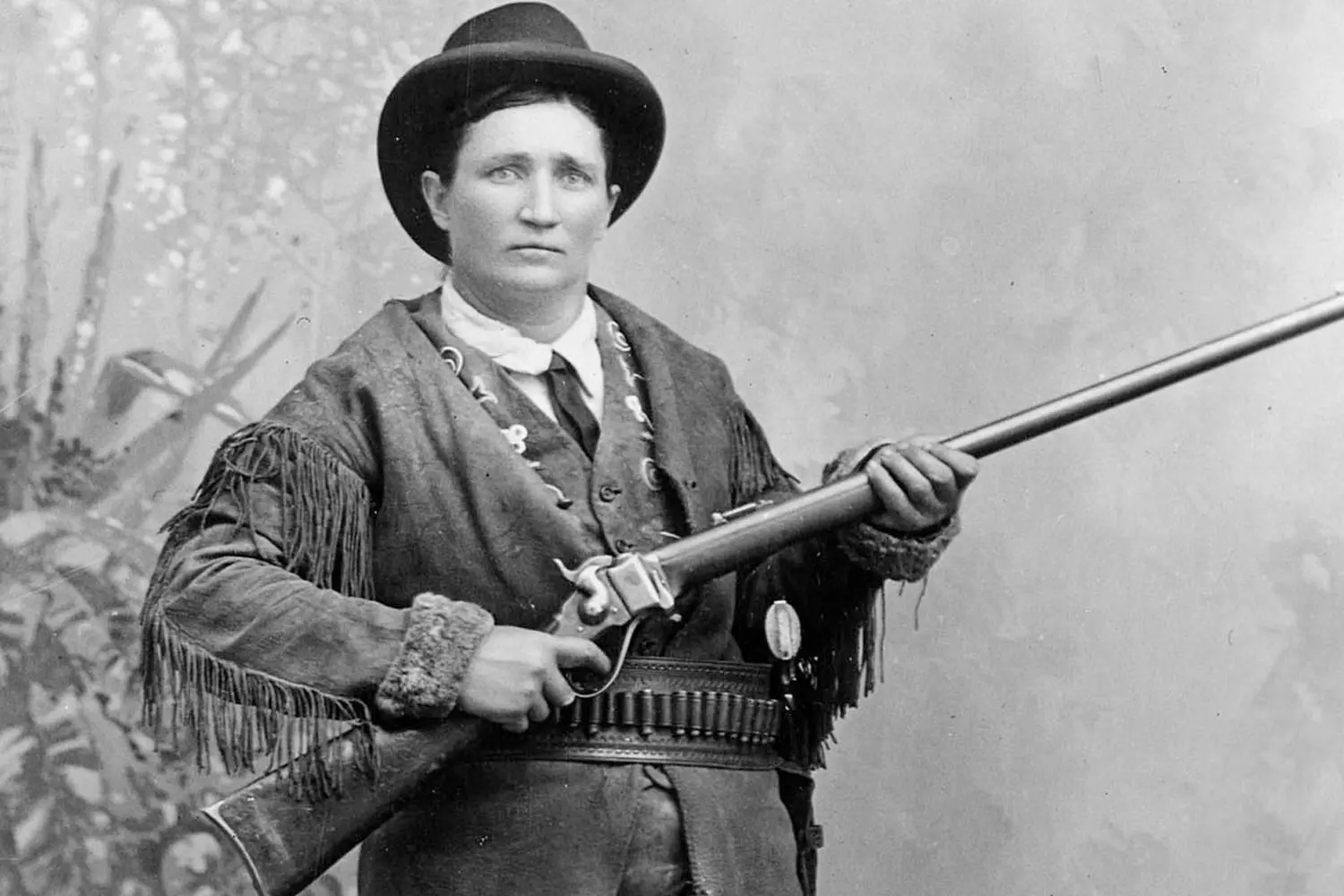
Society of the Wild West: Life, Rules, and Traditions
When we imagine the Wild West, images of cowboys, Native Americans, outlaws, and gold prospectors often come to mind. But behind these vivid characters lay a complex and multifaceted society with its own laws, hierarchy, traditions, and code of honor. To truly understand the Wild West, it’s important to look at how people lived, worked, and interacted with each other.
- 01. Social structure
Society in the Wild West was far from homogeneous:
- Cattle barons and large landowners
Ran businesses, controlled ranches and herds, provided jobs, and sometimes wielded political influence in towns. - Cowboys and shepherds
Hired workers for cattle barons; their lives were full of risk and hard physical labor, but they played a key role in the region’s economy. - Farmers and settlers
Built family farms, cultivated land, constructed homes and infrastructure, often facing shortages and threats from attacks. - Entrepreneurs and merchants
Owners of saloons, shops, blacksmiths, and hotels who shaped the social and commercial life of towns. - Industrial workers and railroad employees — provided transportation and connectivity, building railroads that linked western territories to eastern cities.
- Native Americans
Maintained their traditions and tried to survive amid settler encroachment; often interacted with cowboys and traders, sometimes forming temporary alliances or engaging in conflicts.
- 02. Social rules and codes
Unwritten laws governed behavior in the Wild West:
- Honor and word
A promise was almost sacred; breaking it could cost reputation or even life. - Mutual aid
In sparsely populated areas, people helped each other, especially in emergencies such as fires, attacks, or illness. - Respect for property boundaries
Respecting others’ ranches and pastures was essential for survival and conflict prevention. - Respect for elders and experienced members
The knowledge of veterans was highly valued; they taught younger generations survival skills, hunting, and cattle management.
- 03. Religious and cultural aspects
- Churches and missions played a significant role, especially in farming communities, helping to uphold moral standards.
- Cultural life included songs, dances, fairs, and festivals, often influenced by Native Americans, Mexicans, and Eastern settlers.
- Folk stories and legends shaped the collective memory of heroism, tragedies, and survival.
- 04. Economic foundation
The Wild West economy was built on cattle ranching and drives, gold and silver mining, agriculture, trade, and services for settlers and cowboys. Every member of society had a role and depended on others, with the success and survival of the community determined by cooperation and the ability to endure harsh conditions.
Interesting fact: Many Wild West towns were established around a single successful enterprise — a ranch, mine, or railroad. The entire social life formed around it: schools, shops, saloons, and even “town councils”.
The society of the Wild West teaches us the importance of courage, mutual aid, and respect for tradition. It became a foundation for shaping the American identity and legends that continue to inspire books, films, and tourist routes today.
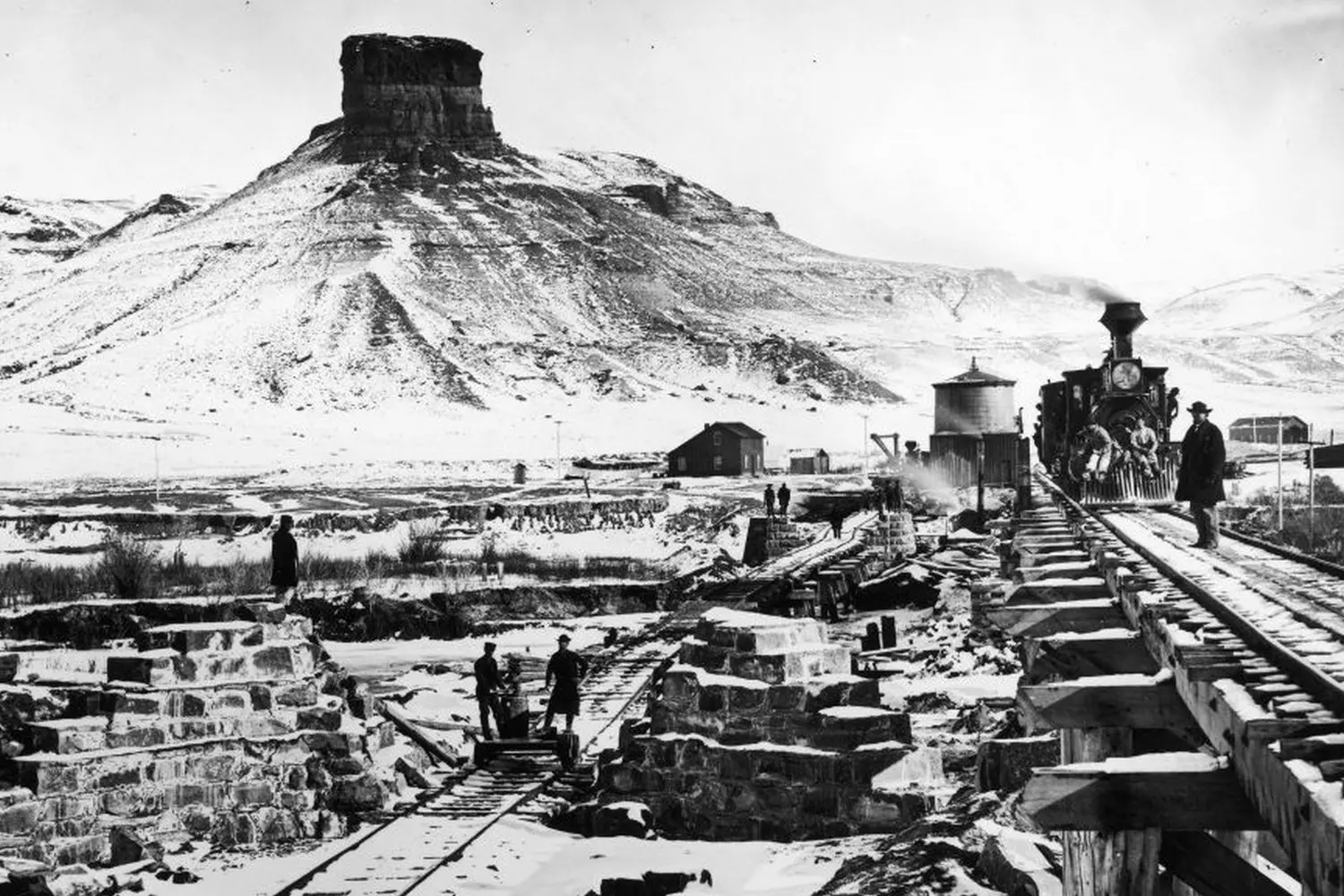
Wild West Culture: Traditions, Music, and the Spirit of the Prairie
The Wild West was not just cowboys, cattle drives, and gold prospecting. It was a unique culture shaped by harsh nature, the mixing of peoples, and a constant drive for freedom. Today, more than 150 years later, it remains a symbol of the American spirit: courage, independence, and resilience.
- 01. Music and Dance
Music was the heart of life in the Wild West:
- Cowboy songs accompanied cattle drives, helped maintain rhythm in the saddle, and boosted morale. Many songs told stories of love, adventure, and the hard work on ranches.
- Instruments: guitar, banjo, fiddle, and harmonica — these created the characteristic "sound of the prairie."
- Dances: contra dance and country dances gathered townspeople in saloons and at fairs, fostering social interaction and entertainment. Many cowboy songs survived as folklore and became the foundation for country music, now a symbol of American musical culture.
- 02. Literature and Stories
- Stories about the Wild West were often passed down orally: cowboys, hunters, and settlers shared tales of adventures, encounters with Native Americans, or run-ins with outlaws.
- Over time, these stories were published in popular magazines and novels, such as The Wild West and Cowboy Stories.
- Wild West literature created archetypes: the brave cowboy, daring woman, ruthless outlaw, and wise sheriff.
- 03. Art and Visual Traditions
- Photography and painting captured life on the prairies, herds, towns, and landscapes. Notably, 19th-century photographers documented the real lives of cowboys and Native Americans.
- Engravings and posters were used to promote shows, town events, and theater productions, shaping the image of the Wild West as both romantic and dangerous.
- 04. Language and Expressions
- The Wild West culture developed its own slang: “howdy” (hello), “roundup” (cattle drive), “six-shooter” (revolver), and many other expressions that are still in use today.
- Lasso, saddle, cowboy hat, boots — these items of clothing and tools became cultural symbols still associated with the cowboy image.
- 05. Holidays and Traditions
- Rodeo festivals
Competitions in horseback riding, cattle handling, and lasso skills became cultural heritage and entertainment for locals and tourists. - Fairs and settler gatherings
These events united families, merchants, and cowboys, fostering community spirit and knowledge exchange. - Stories and legends
Tales of outlaws, sheriffs, and cowboys were passed down through generations, creating the region’s mythology.
Today, the culture of the Wild West lives on in films and TV series about cowboys and gold seekers, in musical genres (country, folk), festivals, historical reenactments, themed museums, and tourist routes.
The Wild West culture is a blend of work ethic, survival, courage, and freedom. It not only created a mythical image of the country but also allows modern visitors to feel the spirit of the prairies, connect with the legacy of cowboys, and see how history shaped the American character.
Interesting fact: The iconic cowboy attire — hats, boots, and jeans — was not just fashion but practical gear, protecting against sun, rain, and the challenges of working with cattle on the prairie.
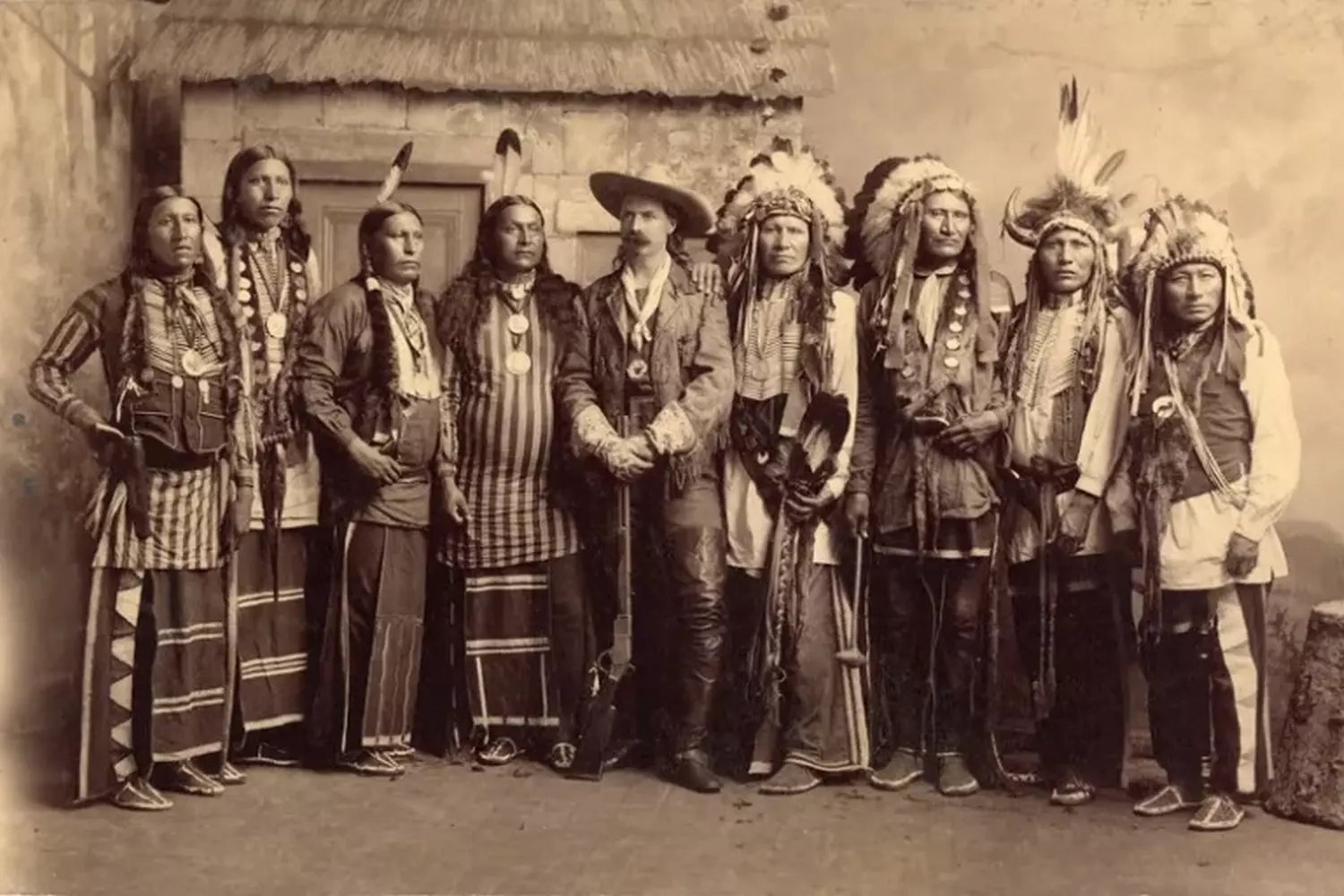
The Wild West in American Culture: A Myth That Lives Forever
The image of the Wild West is one of the most recognizable symbols of the United States. It permeates literature, cinema, music, art, and even everyday language. Behind this iconic image lies not just history, but a fully formed myth that Americans and tourists continue to embrace today.
- 01. Literature: Cowboys on the Page
Literature of the 19th and early 20th centuries played a key role in shaping the image of the Wild West:
- Owen Wister, with his novel The Virginian (1902), created the archetype of the honest, brave cowboy who lives by a code of honor. This character became a standard for subsequent Western stories.
- Zachary Cody and magazines like Wild West transformed stories of gold rushes, sheriffs, Native Americans, and outlaws into thrilling adventures accessible to a wide audience.
- These literary works blended fact and fiction: real events intertwined with romanticized and dramatic plots, establishing a distinct canon of cowboy history.
- 02. Cinema: Cowboys as Superheroes
With the rise of film, the Wild West image became even more popular:
- Hollywood westerns turned cowboys into real-life superheroes, armed with revolvers and a personal code of honor.
- Legendary actors like John Wayne and Clint Eastwood embodied the archetype of the “lone rider”, defending justice and battling evil.
- Films portrayed not only adventures, but also prairie romance, conflicts with Native Americans, life in saloons, and the dangers of cattle drives.
Cinema simplified and standardized the image of the West, transforming it into a symbol of independence, courage, and adventure, seen as a model of American identity.
- 03. Music: The Song of the Lone Rider
The musical culture of the Wild West also left a lasting mark:
- Cowboy songs accompanied cattle drives and ranch life, often telling stories of love, hardship, and adventure.
- Country and western music absorbed these traditions: modern songs continue to evoke the lone rider, open roads, prairies, and adventures.
- The music created an atmosphere of freedom and romance, reinforcing the mythology that appeals to both Americans and tourists.
- 04. Art and Comics
- Graphic art, comics, and cartoons actively exploit the Wild West image: cowboys, sheriffs, outlaws, and Native Americans became familiar characters in children’s stories and adult comics.
- Artists of the late 19th and early 20th centuries, like Frederic Remington, depicted life on the prairies, battles, cattle drives, and ghost towns, creating a visual canon of the West.
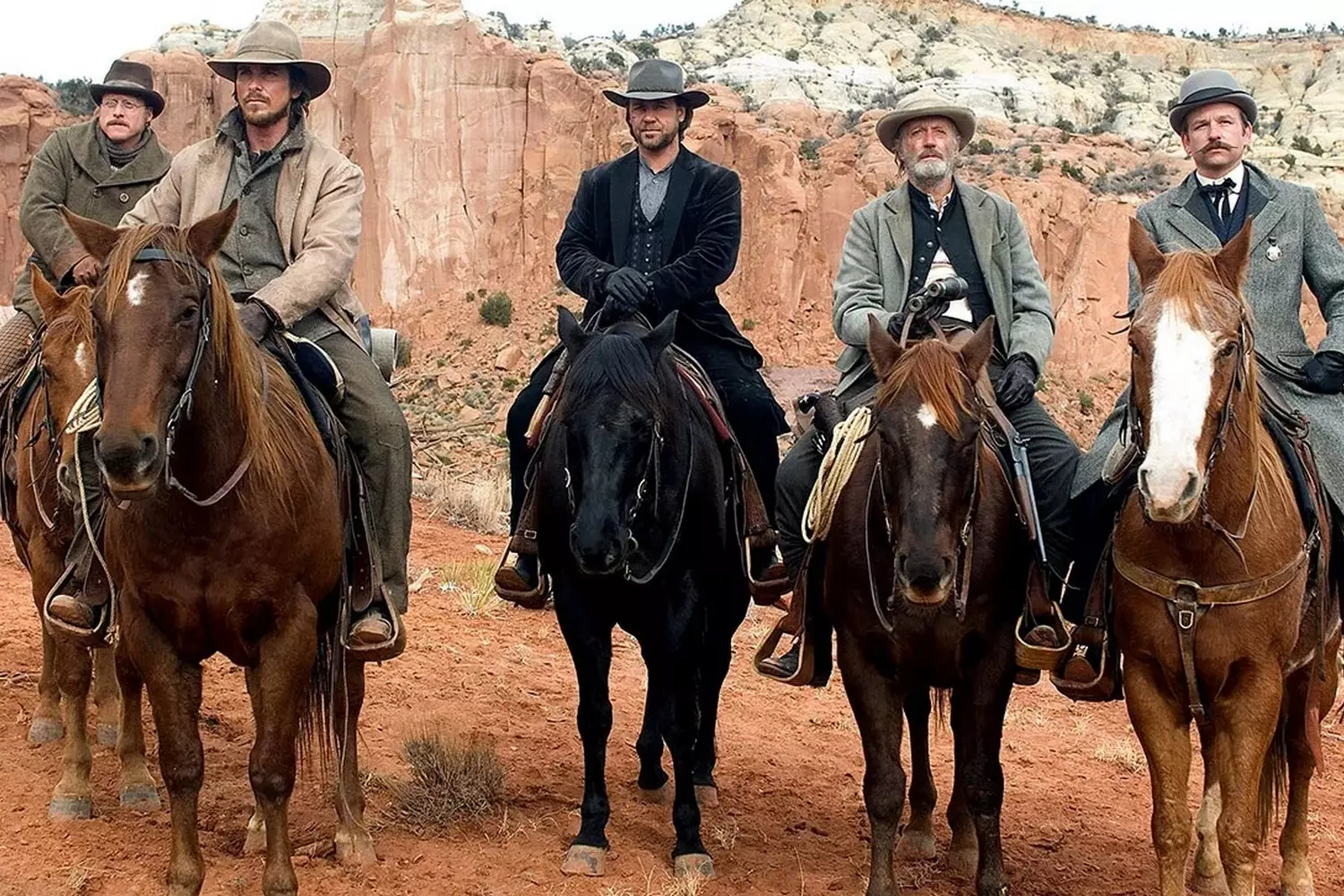
Ghost Towns of the Wild West: Monuments of a Bygone Era
One of the most mysterious and captivating symbols of the Wild West is the ghost town. Once bustling centers of trade, mining, and ranching, today they are empty streets, leaning buildings, and echoes of a life long gone. Visiting these places allows tourists to step back in time and feel the spirit of that era.
- 01. Origins of the Towns
Wild West towns emerged wherever new resources were discovered or cattle drive routes developed:
- Mining towns grew around gold and silver deposits. Miners and entrepreneurs quickly built houses, hotels, stores, and saloons.
- Ranching settlements formed near large ranches and cattle drive routes, providing work for cowboys, herders, and merchants.
- Trading posts and stations at crossroads and railways served as hubs for settlers and travelers.
Many towns grew to several thousand residents within a few years if rich mines or fertile pastures were nearby.
- 02. Daily Life
Life in these towns was harsh but dynamic:
- Buildings and Infrastructure
Wooden structures were built quickly, sometimes from whatever materials were available; streets burned in summer dust and turned to mud after rain. - Saloons and Entertainment
Residents visited saloons to drink, play cards, dance, and discuss news; these were social hubs. - Schools and Churches
Even small settlements tried to build schools and churches to maintain cultural and educational traditions. - Labor
Men worked in mines, ranches, or trade; women ran households, worked in shops, or taught children.
- 03. Reasons for Decline
Most towns became ghost towns due to a combination of factors:
- Depletion of resources (gold, silver, pastures);
- Railroads bypassing settlements, reducing trade;
- Natural disasters — fires, floods, droughts;
- Migration of residents to more developed cities in the East and West.
- 04. Tourist Value
Today, ghost towns are popular for historical tourism:
- Tourists can walk the old streets, visit museums, and restored buildings.
- Participate in themed tours with guides who tell stories of cowboys, ranchers, and miners.
- See authentic artifacts — gold mining tools, cowboy clothing, old letters, and photographs.
- 05. Influence on Modern Culture
Ghost towns inspire film, literature, and art:
- Westerns and historical films are often shot here;
- Artists and photographers find unique scenes for their works;
- Festivals and reenactments bring the past to life for tourists and locals alike.
- 06. Ghost Towns You Can Visit Today
Some of these historical sites are open to tourists, offering a glimpse of true Wild West history:
- Bodie, California
One of the most famous “frozen in time” towns, preserved from the late 19th century; visitors can walk the streets with original wooden buildings, stores, and schools. - Goldfield, Nevada
A mining town with surviving structures and museums telling the story of the gold rush. - Tombstone, Arizona
Famous for its saloons, street gunfights, and museums, bringing to life the legend of Billy the Kid and Sheriff Pat Garrett. - Virginia City, Nevada
A mining town with historic architecture, steam trains, and Wild West-themed festivals. - Calico, California
A restored ghost town with themed tours, shops, and attractions for tourists.
These places let visitors experience the true atmosphere of the Wild West, walking streets once traversed by cowboys, bounty hunters, and ranchers.
Fun fact: In some U.S. ghost towns, you can still see the houses where famous cowboys and outlaws, including Jesse James and Billy the Kid, stayed. These buildings are part of tourist routes and attract history enthusiasts from around the world.
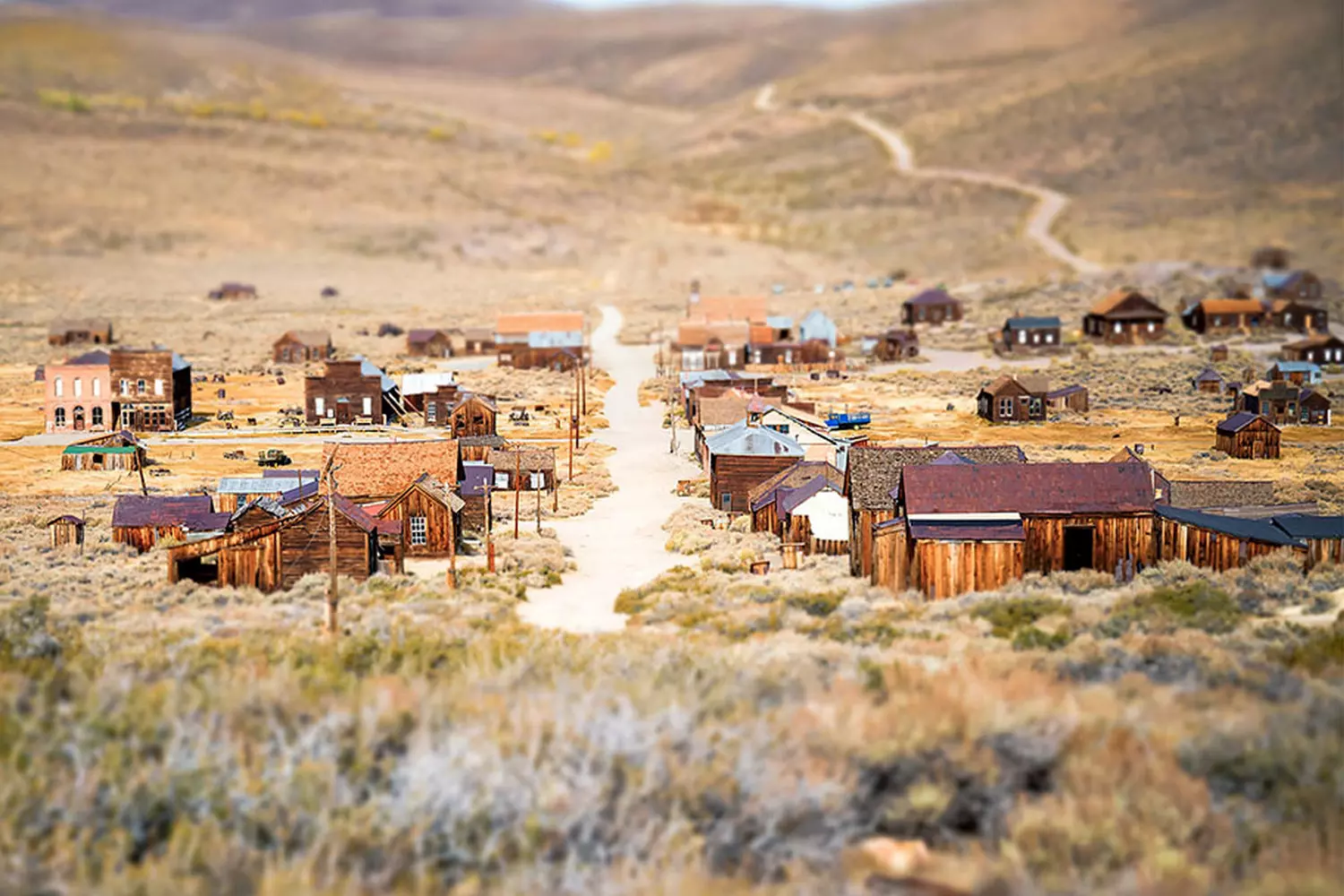
In the Footsteps of Cowboys: Top Routes and Wild West Attractions
Traveling along cowboy trails is a unique way to immerse yourself in the real history of the Wild West, see where cowboys lived and worked, and experience the romance of the prairies. Today, the U.S. preserves a rich heritage from this era, offering tourists a variety of routes, tours, and activities.
- 01. Texas: Heart of Cowboy Culture
Texas is not just a state — it’s a symbol of cowboy life. Visitors can explore:
- Ranch Texas (Dallas area)
Tourists can stay on a ranch, try horseback riding, learn cattle management, and practice lasso skills. - Fort Worth Stockyards
Historic district with authentic saloons, shops, and daily cattle drive shows. - Cowboy Hall of Fame
A museum dedicated to famous cowboys and Wild West legends, featuring exhibits, documents, and photographs.
- 02. Wyoming and Montana: Rodeos and Festivals
These northern states preserve the traditions of rodeos and cowboy festivals:
- Big Sky Country, Montana
Family ranch tours, mountain and prairie excursions, and cowboy culture festivals. - Little Bighorn Battlefield National Monument
Site of the famous 1876 battle where tourists can learn about conflicts between cowboys, the U.S. Army, and Native Americans.
- 03. Dakota and Colorado: National Parks and Pioneer Trails
Nature and history enthusiasts will enjoy these national park routes:
- Badlands National Park, South Dakota
Majestic canyons and rock formations once traversed by settlers and cowboys. - Custer State Park, South Dakota
Home to bison, horses, and traces of historic cowboy trails. - Rocky Mountain National Park, Colorado
Hiking trails used by pioneers with breathtaking mountain views and recreational routes. - Mesa Verde National Park, Colorado
Historical settlements of Native Americans who interacted with cowboys and settlers.
- 04. Activities for Tourists
- Ranch Stays
Horseback riding lessons, cattle drives, and cooking cowboy-style meals over an open fire. - Rodeos and Festivals
Watch skilled riders, participate in contests, and enjoy interactive shows. - National Park Excursions
Hiking trails, photo safaris, and encounters with prairie wildlife. - Historical Tours
Visit museums, ghost towns, and monuments with guides sharing stories of cowboys and settlers.
Each route can be tailored to your interests: from a romantic getaway for two to a family tour with children. Traveling the cowboy trails offers not just a vacation, but a living history experience that continues to inspire literature, film, and music.

Wild West Festivals and Shows: History Comes Alive in Celebration
Although the era of cowboys and the gold rush has long passed, the spirit of the Wild West continues to live on in festivals, shows, and historical reenactments. Today, tourists can not only learn about the lives of cowboys and settlers but also participate in spectacular events where history intertwines with entertainment.
- 01. Rodeo: skill and excitement
Rodeo is the heart of cowboy culture, testing horseback riding skills, lasso handling, and the courage of riders:
- Houston Livestock Show and Rodeo, Texas
One of the largest rodeos in the world, attracting tens of thousands of spectators each year. Here, competitions in horseback riding, cattle drives, and cowboy craft workshops take place. - Cheyenne Frontier Days, Wyoming
The oldest rodeo in the USA (since 1897). The festival includes parades, live country music concerts, costume contests, and historical reenactments. - Pendleton Round-Up, Oregon
A famous rodeo in the northwest of the country, where competitions take place amid scenic nature and historic ranches.
- 02. Historical festivals and reenactments
- Oklahoma Cowboy Hall of Fame Days
A celebration featuring horseback riding demonstrations, lasso competitions, and culinary workshops with dishes from the 19th century. - Wild West Days, Kansas
A themed festival with theatrical gunfights, parades, and contests for the whole family. - Buffalo Bill’s Wild West Show
Recreates the famous 19th-century performance with horse stunts, shooting, and scenes from the lives of cowboys and Native Americans.
- 03. Music and cultural events
- Country and Western music festivals
Often held alongside rodeos, these festivals feature live concerts, dancing, and cowboy dance workshops. - Historical fairs
Exhibitions of weapons, clothing, tools, and artifacts used by cowboys and settlers. - Craft festivals
Tourists can try blacksmithing, leatherworking, lasso weaving, and other traditional Wild West crafts.
- 04. Family and interactive shows
- Gunfight at the O.K. Corral, Arizona
A theatrical show with gunfights on the streets of Tombstone, where spectators become part of the action. - Cowboy Christmas, Colorado
A family event with contests, games, workshops, and interactive lectures about the life of cowboys. - Ranch Days Experience
Live demonstrations of ranch work: horseback riding, feeding animals, and participating in cattle drives.
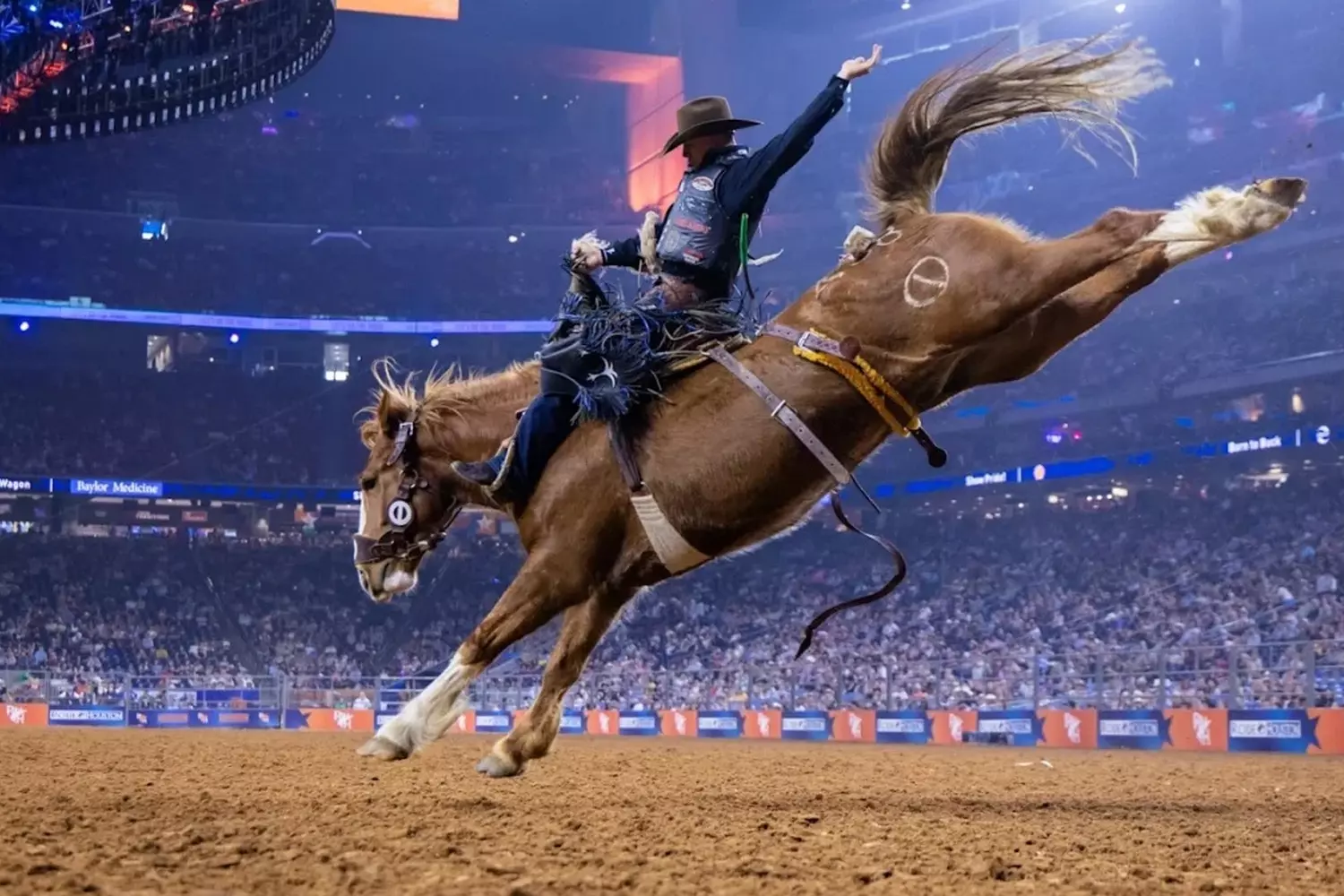
Life of Modern Cowboys: Behind the Scenes of Film and Myth
When we think of cowboys, images of revolvers, hats, and dusty roads from movies often come to mind. But the real life of modern cowboys in the USA is far more complex and interesting than the Hollywood portrayal. Today, thousands of people continue to live by the laws of the Wild West, preserving their ancestors’ traditions while actively using modern technologies.
- 01. Modern cowboys: traditions in the 21st century
Modern cowboys are not Hollywood heroes but true hardworking professionals:
- They drive cattle over hundreds of kilometers, check pastures, and monitor the health of animals.
- They use jeeps, ATVs, and radios to make their work easier and stay connected, yet fundamental skills in horseback riding and lasso handling remain indispensable.
- Many combine several professions: ranch management, participation in rodeos, teaching tourists, and practicing traditional crafts.
On some large ranches in Texas and Montana, cattle drives can take weeks, and modern cowboys often live in tents or small cabins on the pasture to stay close to the herd.
- 02. The cowboy’s workday
A modern cowboy’s day is not just horseback riding — it is full of physical labor, planning, and animal care:
- The day starts early
With checking the livestock, pastures, and fences. Often, they ride horses or ATVs for several kilometers to ensure the animals are safe. - Animal care
Cowboys monitor the health of cows, horses, and other animals, administer vaccinations, treat injuries, and control feeding. - Cattle drives
Modern cowboys still participate in long-distance cattle drives, using both traditional horseback methods and vehicles with radios for coordination. - Technical tasks
Modern ranches are equipped with electronics for herd monitoring, GPS trackers, and irrigation systems, and cowboys know how to use all this equipment.
- 03. Social life and communities
21st-century cowboys are not isolated workers but part of active communities:
- Rodeos and festivals
Cowboys participate in competitions, demonstrating horseback riding skills, lasso handling, and cattle driving expertise. - Collaboration with neighbors
Many ranches join forces for joint cattle drives, shared pasture management, and experience exchange.
Modern cowboys continue to preserve the spirit of the Wild West, and visits to ranches allow tourists to experience this culture firsthand, feel part of history, and see that life on the prairies is not a myth but a living tradition that continues today.
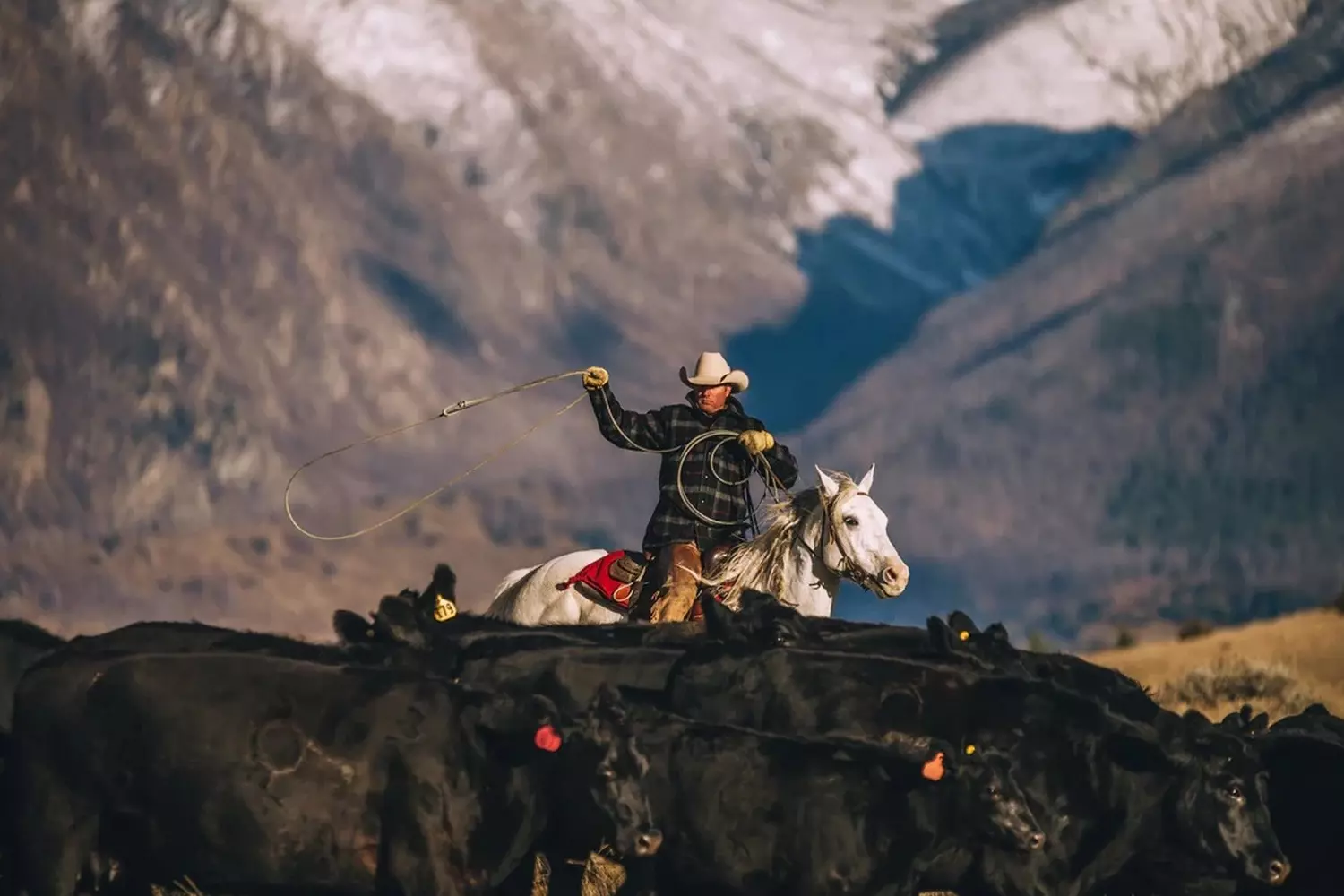
Truth That Will Amaze: 15 Wild West Facts That Will Change Your Perspective
When we hear the phrase “Wild West”, our imagination immediately conjures images of fearless cowboys, daring saloon gunfights, sheriffs with stars on their chests, and endless prairies. This image has largely been shaped by Hollywood westerns and popular culture, but the real history of the American frontier is far more complex and fascinating. Life in the Wild West was full of hard work, harsh challenges, and paradoxes. Ready to discover what it was really like? You’re in for surprising revelations that will dispel myths and reveal the real cowboys and their world.
- 01. Camels in the Wild West
One of the most incredible facts is the use of camels as pack animals. In 1855, U.S. Secretary of War Jefferson Davis allocated $30,000 to import camels from the Mediterranean and the Middle East. By 1857, the U.S. Camel Corps had about 75 camels stationed at Camp Verde, Texas. They proved effective in transporting goods across the desert, but the Civil War interrupted the experiment. Many camels were sold to circuses, mining operations, or escaped to live in the wild. - 02. Spanish heritage of the Wild West
Before becoming part of the USA, Wild West territories (Florida, California, Arizona, New Mexico, Colorado, and Texas) belonged to Spain, then Mexico. They were part of the Viceroyalty of New Spain and governed from Mexico City. Florida became U.S. territory in 1819, and the rest were acquired in 1848 following the Mexican–American War. - 03. Beer instead of whiskey and other culinary realities
Contrary to movie portrayals, cowboys rarely drank whiskey — it was expensive, and they had to work hard. Their main alcoholic beverage was beer. Their diet was far from luxurious, mainly consisting of non-perishable foods such as beans, salted meat, jerky, and corn tortillas. Fresh vegetables and variety were rare. During harsh winters, like the brutal winter of 1886–1887, which killed up to a million head of cattle, even horse meat might have been used. - 04. Law and order: not just sheriffs
Although sheriffs became symbols of law in the Wild West, maintaining order was a community effort. Marshals, rangers, mounted police, and even vigilance committees formed by locals helped enforce the law. For example, in Dodge City, known as one of the “wildest” towns, carrying firearms within city limits was prohibited to prevent shootouts. Laws were often strictly enforced: cattle rustling, for instance, could be punished by hanging without trial. - 05. Crime statistics and real threats
The Wild West was not as “criminal” as often portrayed. For example, over 41 years (1859–1900), the entire Old West recorded only eight bank robberies. Greater dangers for cowboys were accidents, diseases, harsh weather, and wild animals. Famous saloon shootouts were rare — guns were expensive, heavy, and inconvenient for horseback riding, so cowboys carried them only when absolutely necessary. - 06. “Snake oil” and frontier medicine
Wild West pharmacies were full of dubious remedies. The most famous was “snake oil”, promoted by traveling salesmen as a cure-all — from arthritis to migraines. In reality, it was often just a mixture of alcohol, opium, and herbs. Unsurprisingly, pain would temporarily subside! Life expectancy was low, and people grasped at any chance for healing, making charlatans wealthy. - 07. The battle for sensationalism: yellow journalism born in the West
Frontier newspapers were not just news sources — they were powerful tools. Publishers like William Randolph Hearst exaggerated crimes and glorified local heroes (or villains) to sell more copies. Thanks to them, many outlaws, such as Billy the Kid, became legends in their own lifetimes. The press actively shaped the romanticized image of the Wild West we know today. - 08. Judges enforcing law with a gun in hand
The legendary riding circuit judges were true iron men. A judge, prosecutor, jury, and sheriff traveled for months on horseback or wagons from town to town to dispense justice. Their lives were constantly at risk — they became targets for dissatisfied outlaws. One of the most famous, Judge Roy Bean, held court in a saloon and famously considered... his own interests the supreme law. - 09. Technological breakthroughs that changed the West
The Wild West was not only about Colts and saloons but also a time of rapid technological progress:
- Telegraph
Western Union lines spanned the continent, transmitting news and orders in seconds. - Photography
Studio photos of legendary figures (Jesse James, Geronimo) were widely distributed on postcards, shaping public perception. - Colt revolvers and Winchester rifles
Became symbols of the era due to reliability and mass production, not because everyone owned one.
- 10. Saguaro cactus — the silent cowboy killer
The greatest danger for a cowboy in the desert was not a venomous snake or a hungry coyote, but the giant saguaro cactus, which could reach 15 meters in height and weigh several tons. Its spines, up to 7 cm long, caused excruciating pain and serious infections. Falling on such a cactus often meant a slow death from blood poisoning. Native Americans used these cacti for medicinal purposes, and cowboys learned to extract water from them, risking being pierced. - 11. Chocolate bars — cowboy food?
The prototype of modern chocolate bars was invented for the Wild West! In the 1860s, Dominique Ghirardelli began producing “portable chocolate” in San Francisco — solid blocks that wouldn’t melt in a saddlebag and provided energy during long cattle drives. Later, other entrepreneurs expanded this idea, giving birth to today’s chocolate industry. - 12. The first “messenger” worked in the West
Long before the internet, the Wild West had its own instant messaging system: the heliograph. Using mirrors and sunlight, it transmitted Morse code signals up to 50 km. The U.S. Army and Texas Rangers used heliographs for coordinating actions in mountains and deserts without telegraph lines — a true military chat! - 13. Child sheriffs and the mayor-cat
Frontier law was flexible enough to allow quirky situations. In Fairplay, Colorado, a nine-year-old boy was once elected sheriff. In another settlement, to bypass a law requiring the mayor to attend all meetings, residents elected a cat as mayor, formally complying with the rule while making decisions themselves. - 14. The largest cattle theft was committed... by Native Americans
It’s often assumed that cattle rustlers were white outlaws. However, the largest theft in Wild West history was carried out by the Kaiowa tribe in the 1860s. Chief Setainte (White Bear) and his warriors stole over 2,000 head of cattle in one raid from Texas to Oklahoma — a calculated act of resistance, reclaiming livestock they believed had been illegally taken. - 15. Coca-Cola and heroin: frontier pharmacy products
Many popular drinks and medicines were born in this era and marketed as cures. John Pemberton, inventor of Coca-Cola, created his syrup in 1886 as a remedy for fatigue and nervous disorders, originally containing coca leaf extract (cocaine). The famous German company Bayer began selling diacetylmorphine as a cough medicine under the brand name “Heroin” in 1898.
The real Wild West was far from the romanticized and simplified version ingrained in popular culture. It was a complex, multifaceted, and often harsh reality where hard work mattered more than quick draw skills, and a multicultural community of pioneers and ranchers laid the foundations of modern American society. These facts do not make the history less thrilling — they reveal its true depth and humanity.
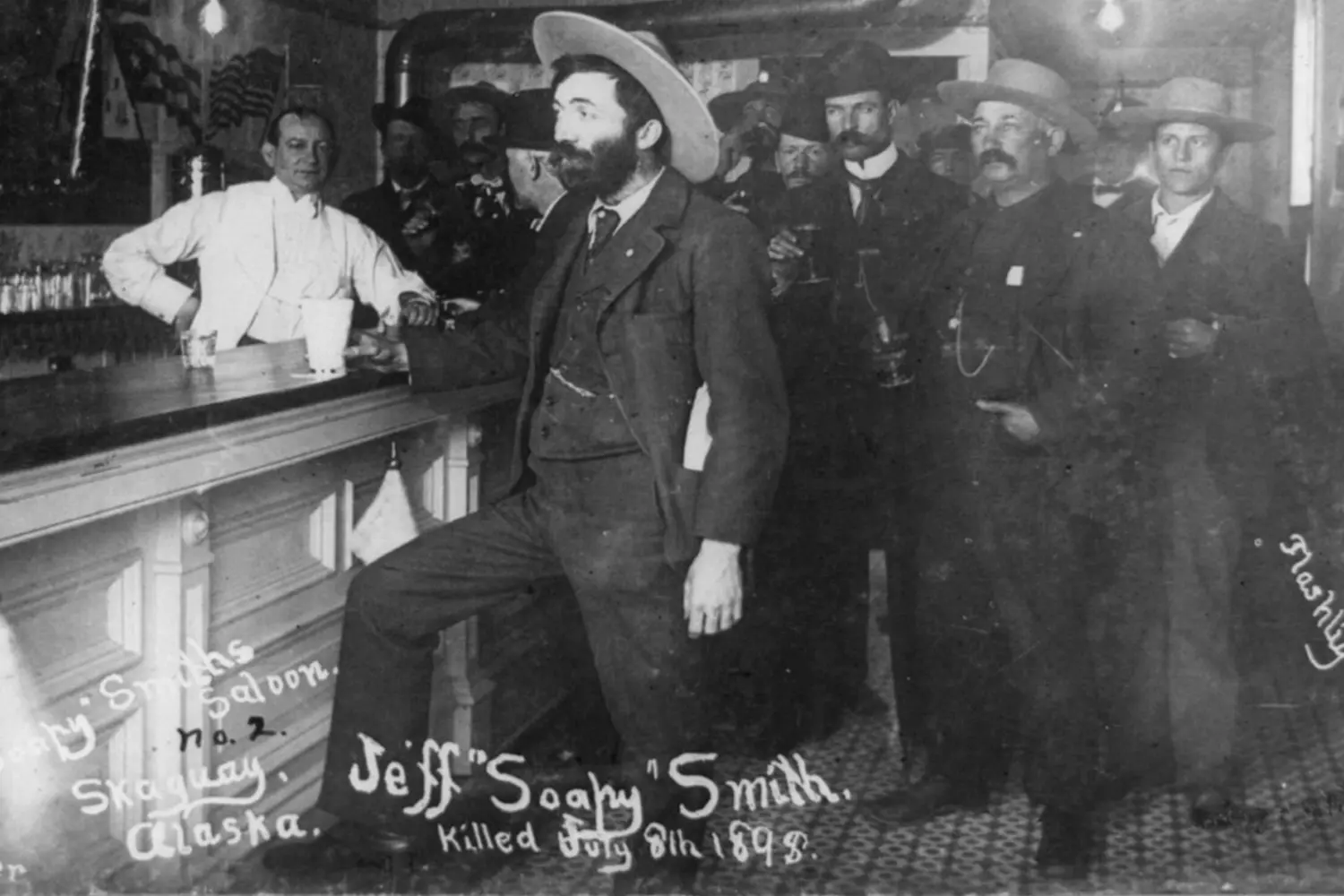
Experience the Wild West with American Butler
The Wild West is not just pages in history textbooks, scenes from westerns, or a romantic myth about cowboys. It is a living culture, an atmosphere of freedom and adventure, preserved today in ranches, ghost towns, national parks, and festivals. Every step along old trails, every glance over the endless prairies reminds us of the courage and perseverance of the people who shaped American history with their own hands.
With American Butler, your journey becomes a comfortable, safe, and unforgettable adventure:
- We will design the optimal route tailored to your interests and preferences;
- We organize transfers, accommodations, and excursions so you can fully immerse yourself in the Wild West atmosphere without worrying about logistics;
- We offer unique activities, including participating in rodeos, ranch workshops, and visiting ghost towns;
- We help you discover hidden gems of the Wild West — places not found in standard tourist guides.
Traveling with American Butler is not just a tour — it’s a living immersion into the history and culture of the Wild West, a chance to feel the freedom of the prairies, experience true cowboy life, and create your own legends of adventure.
Don’t put your dream on hold — explore the Wild West with American Butler!














